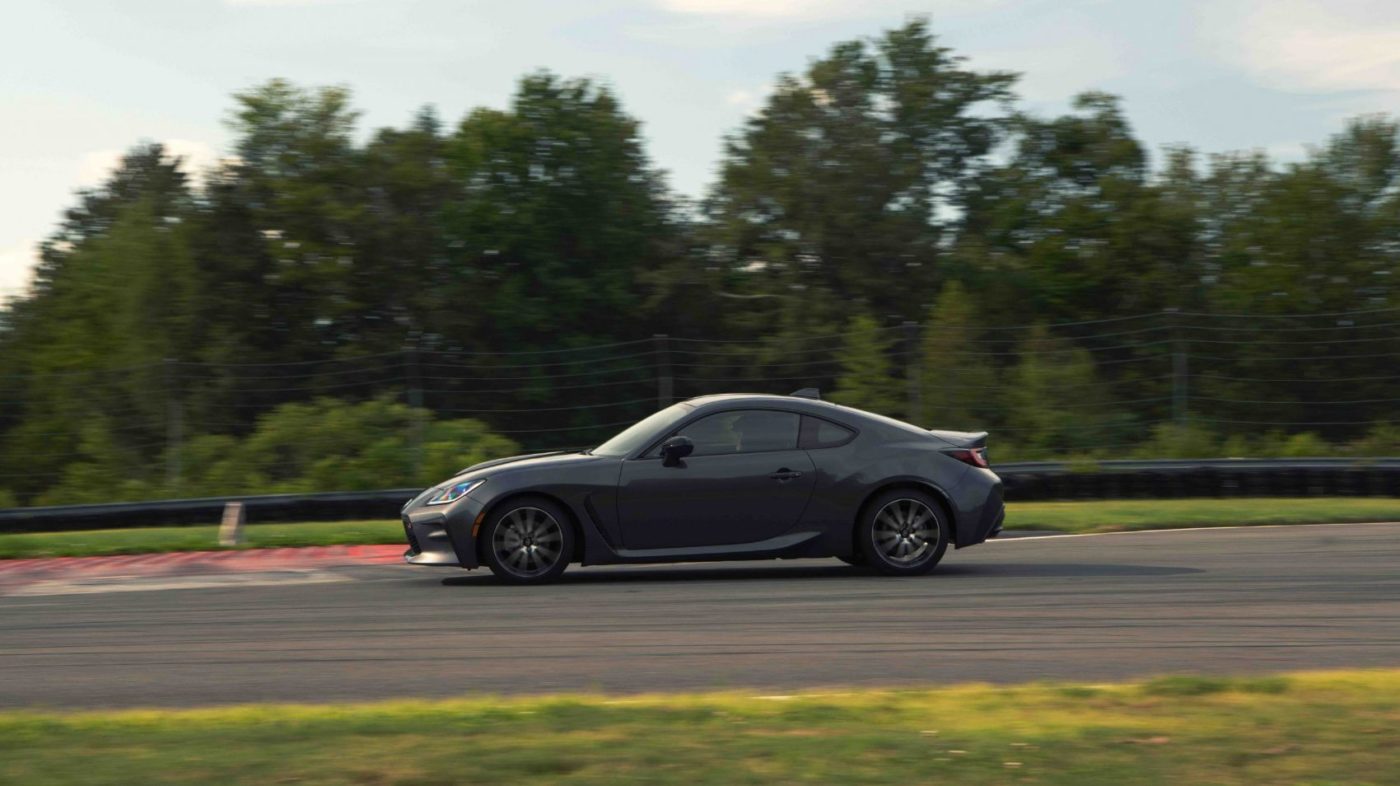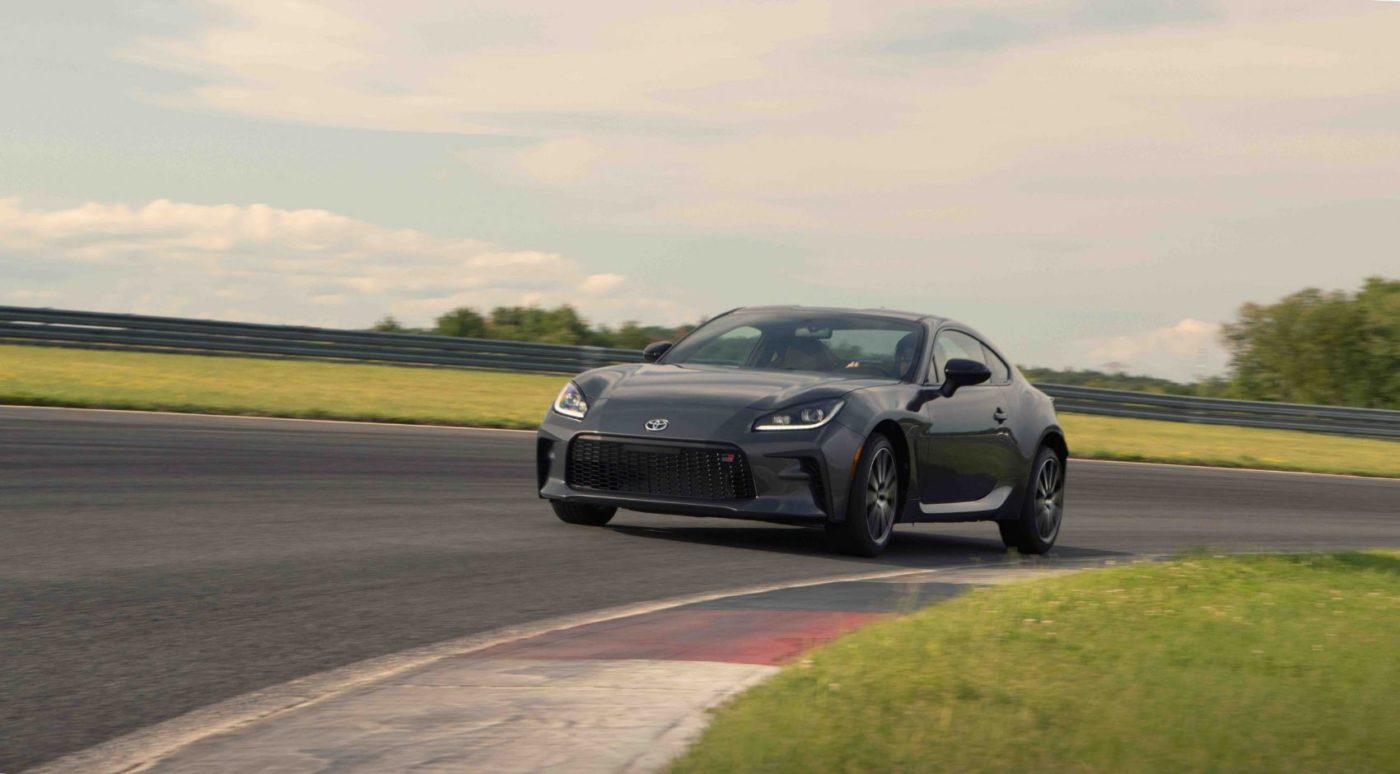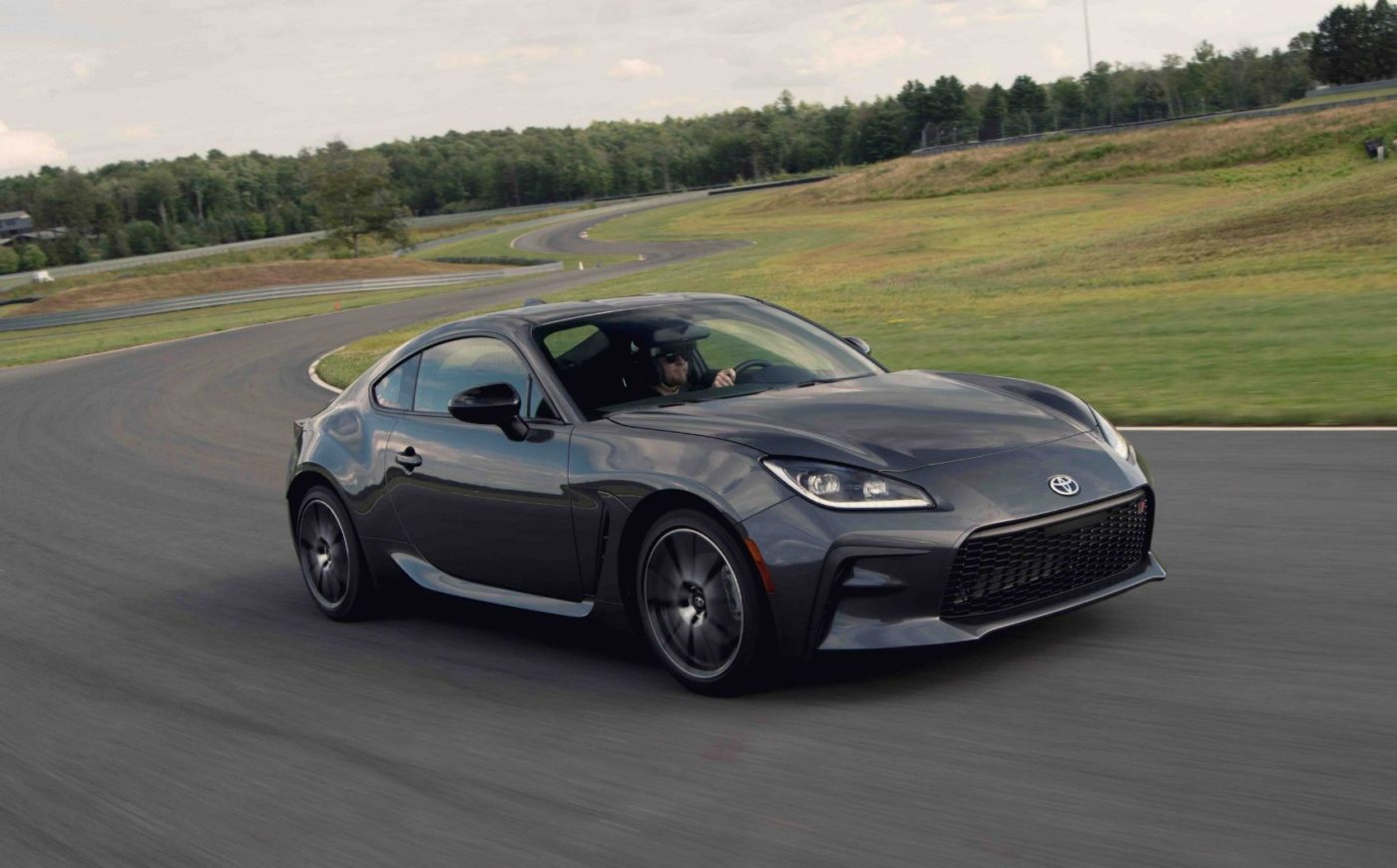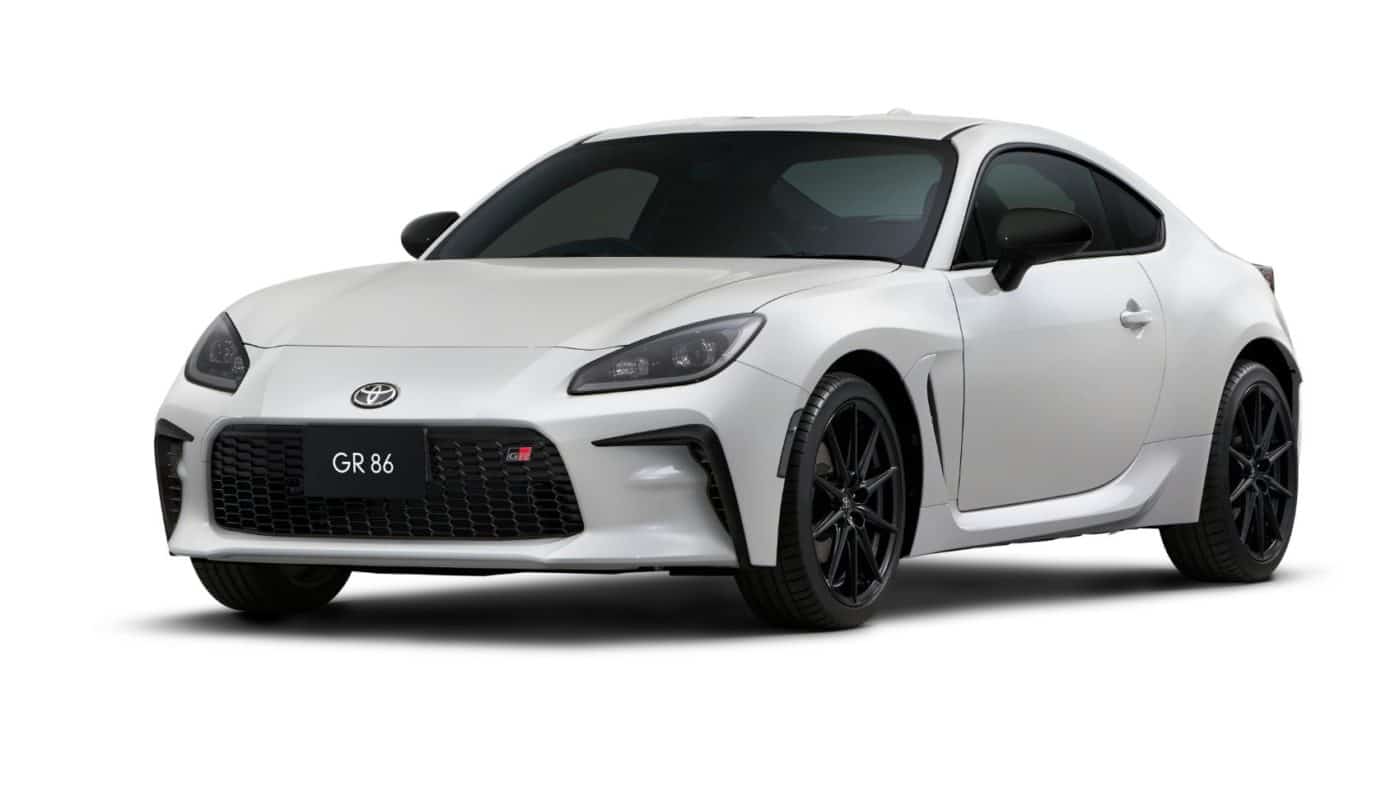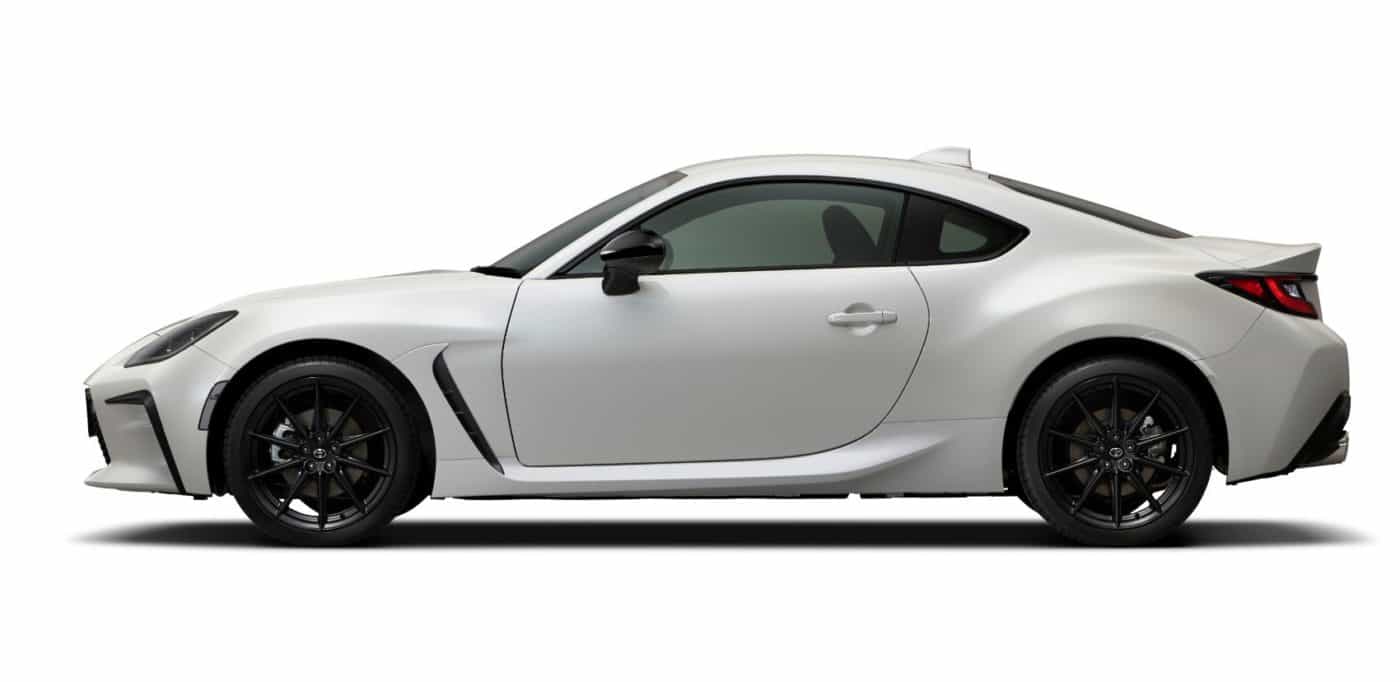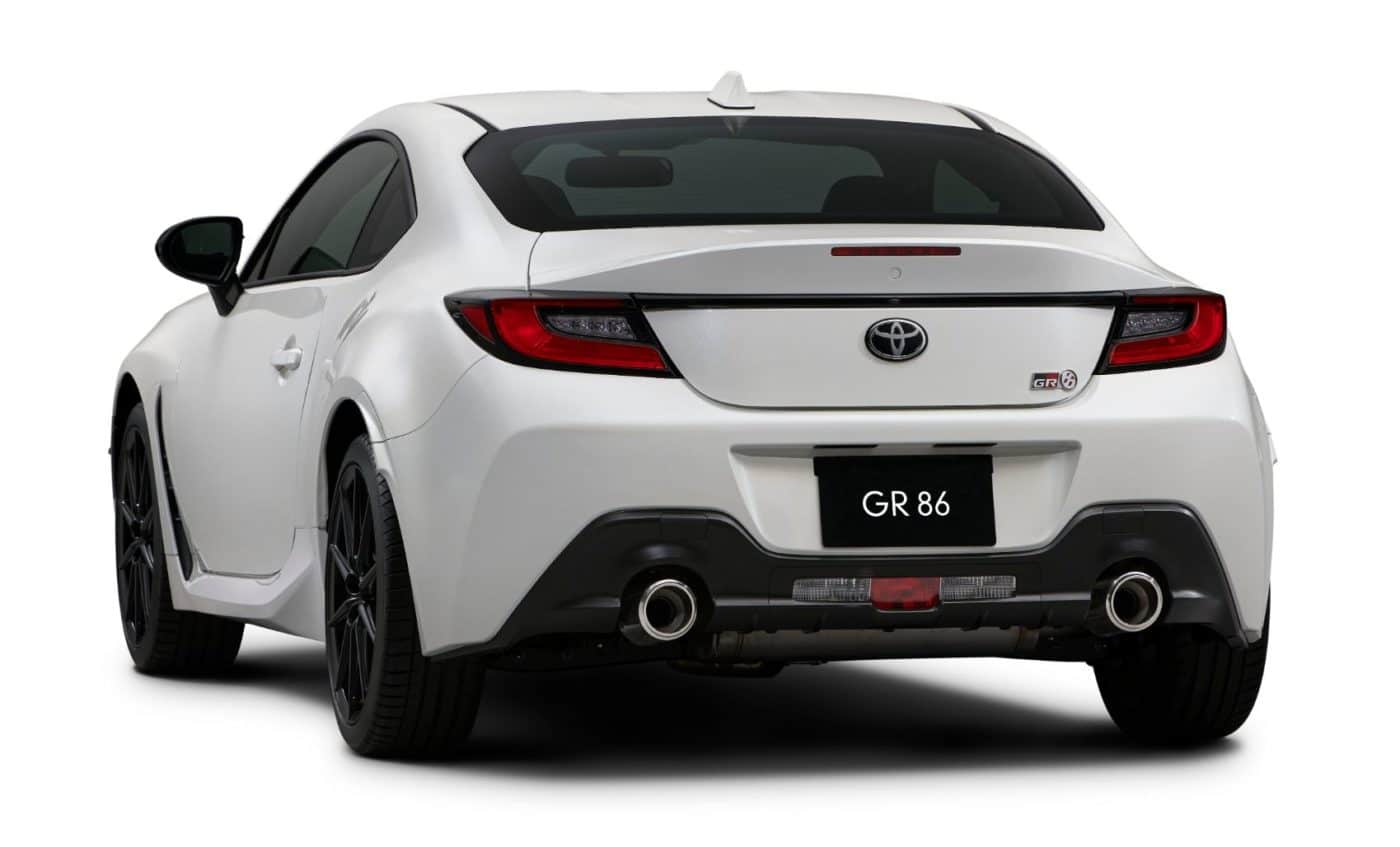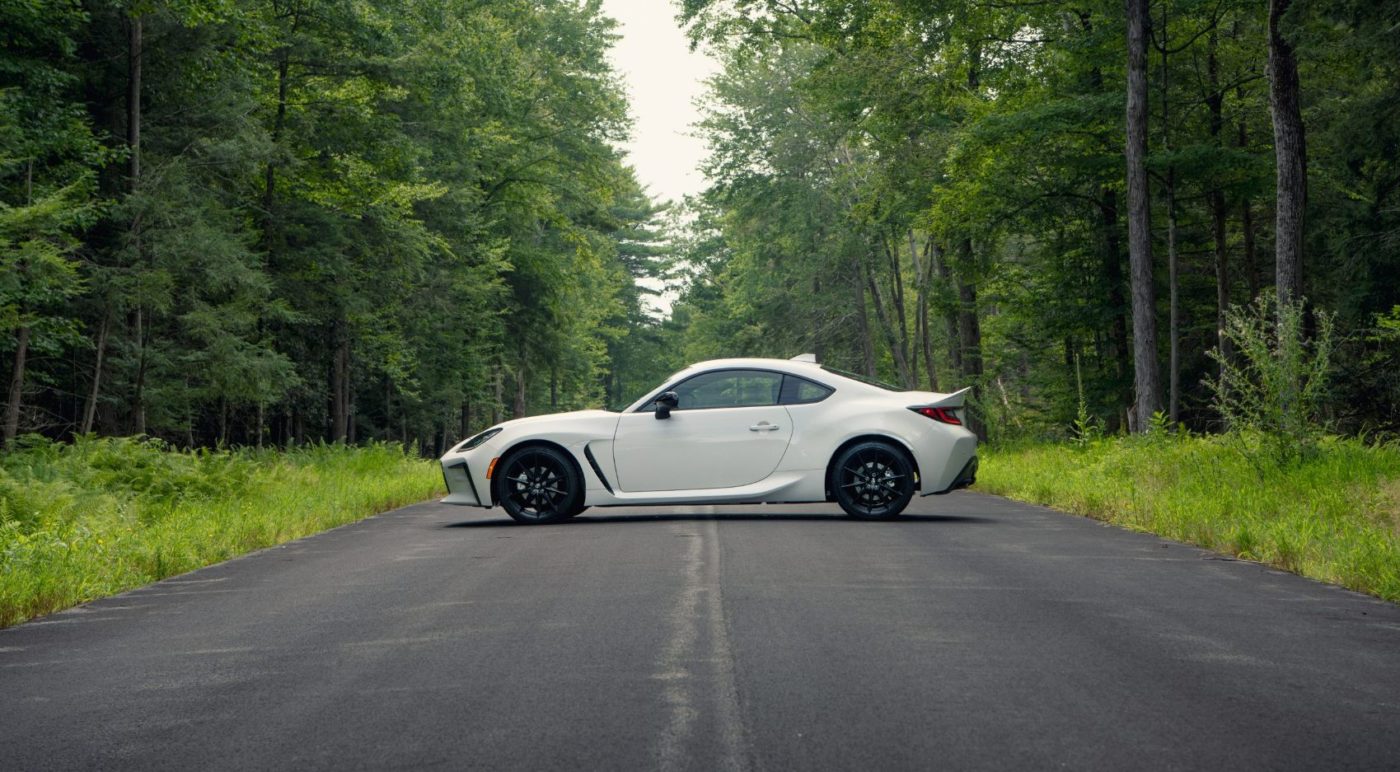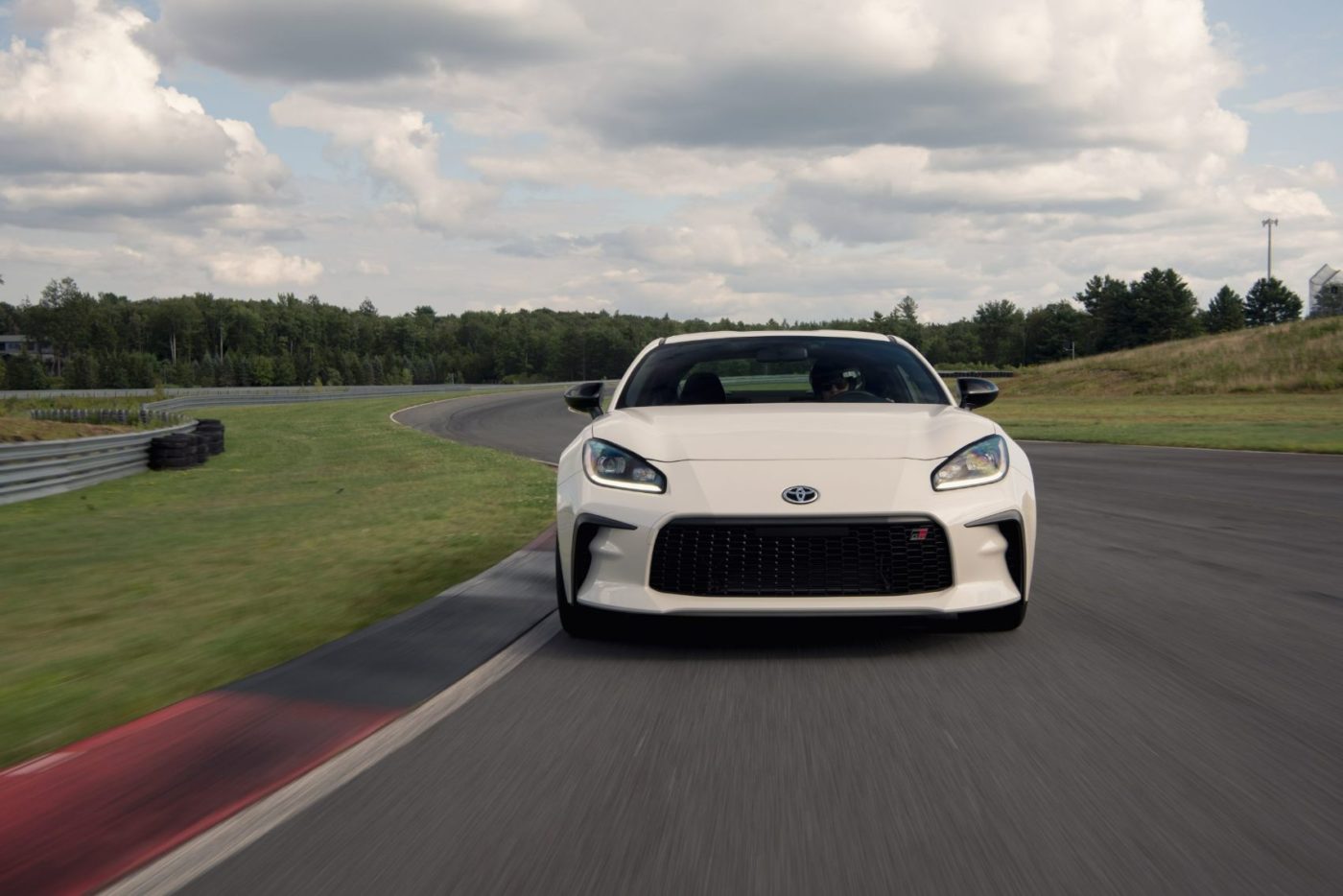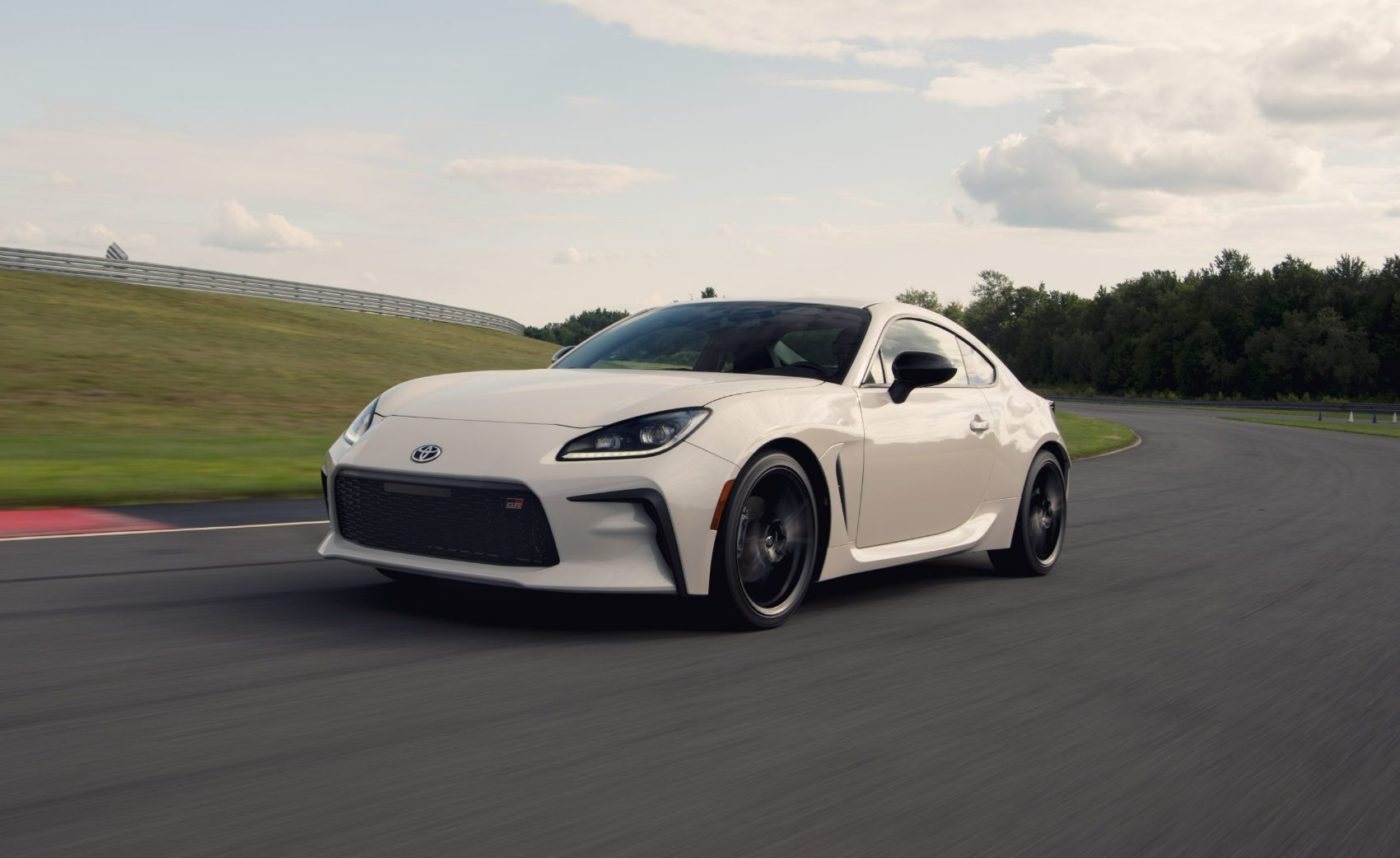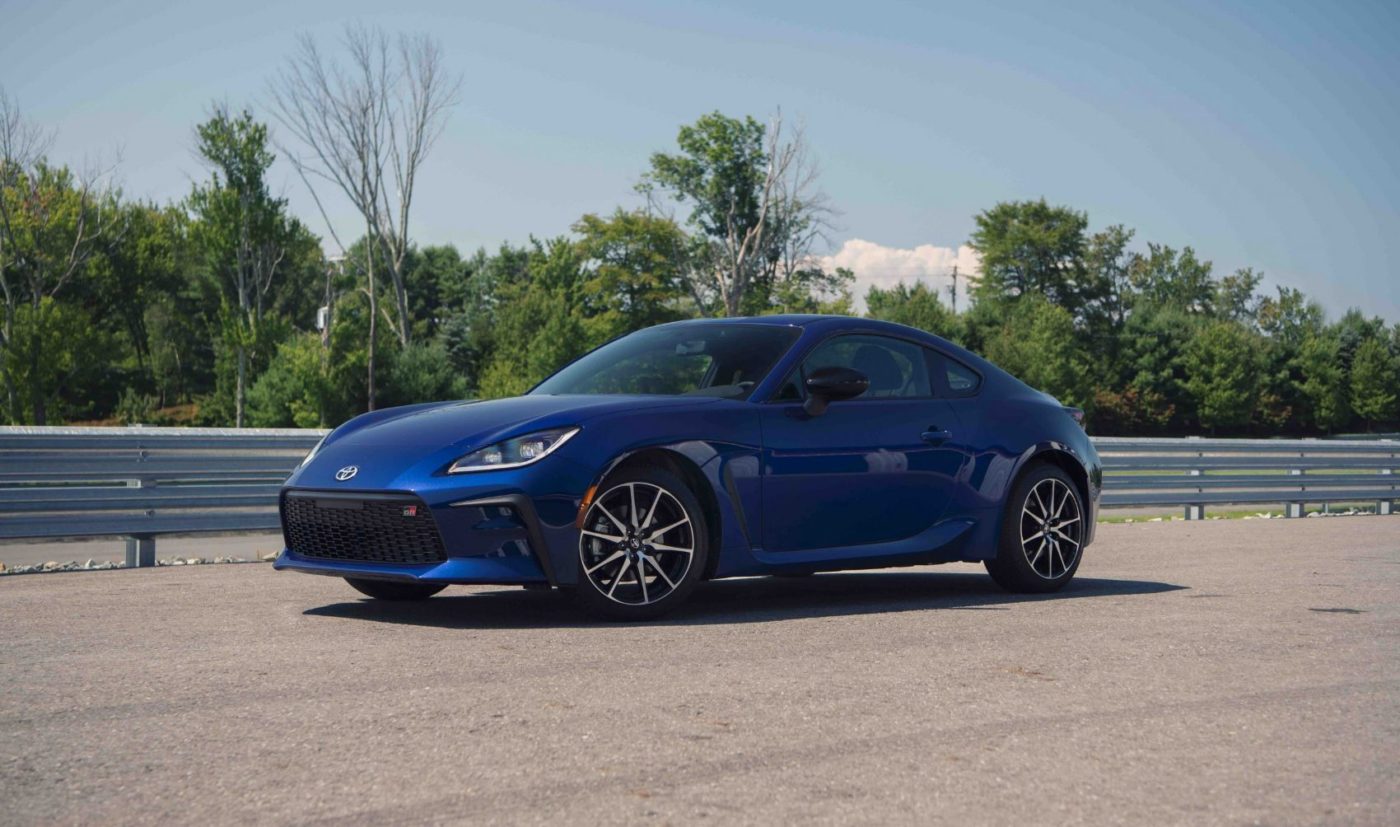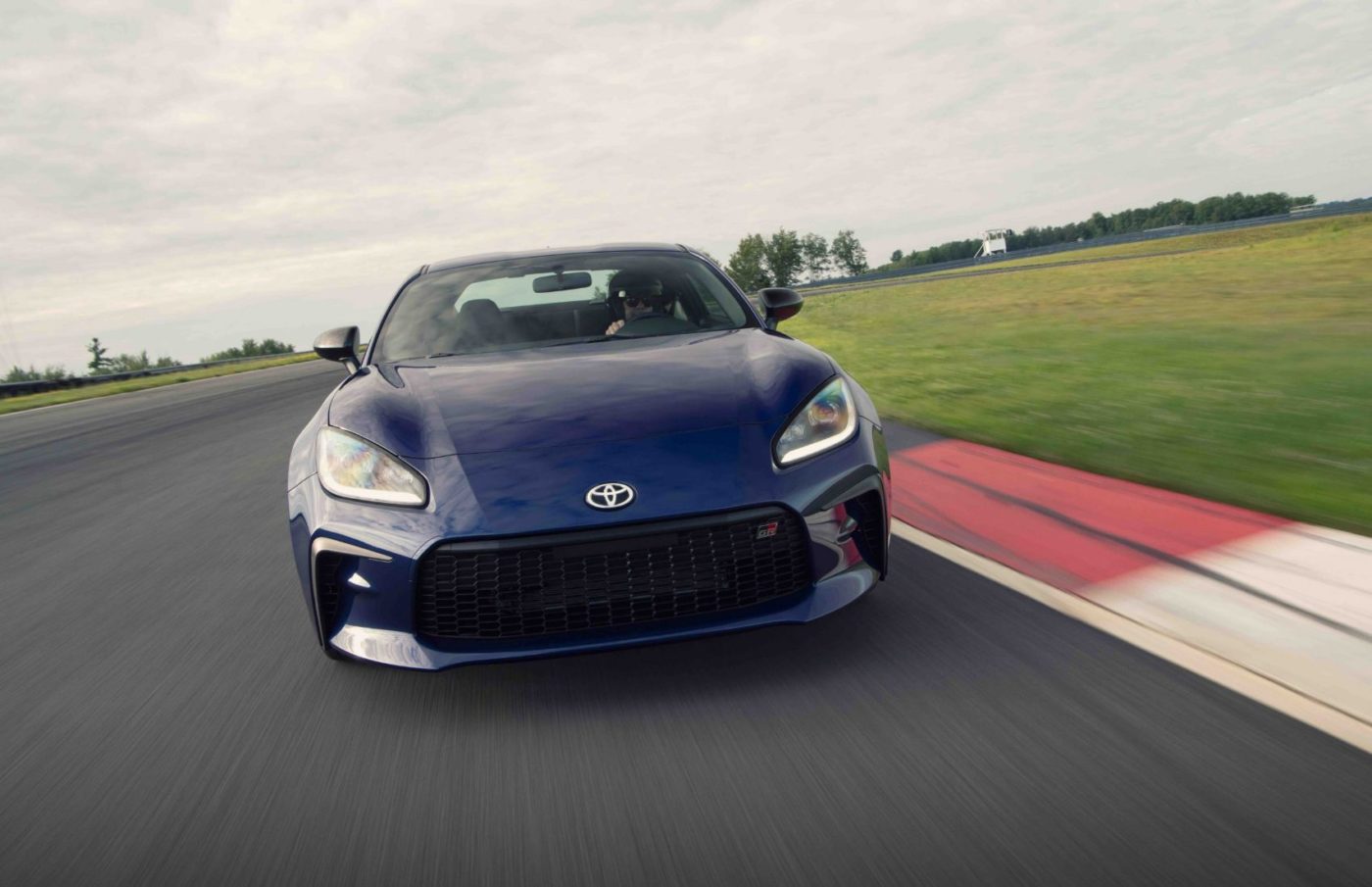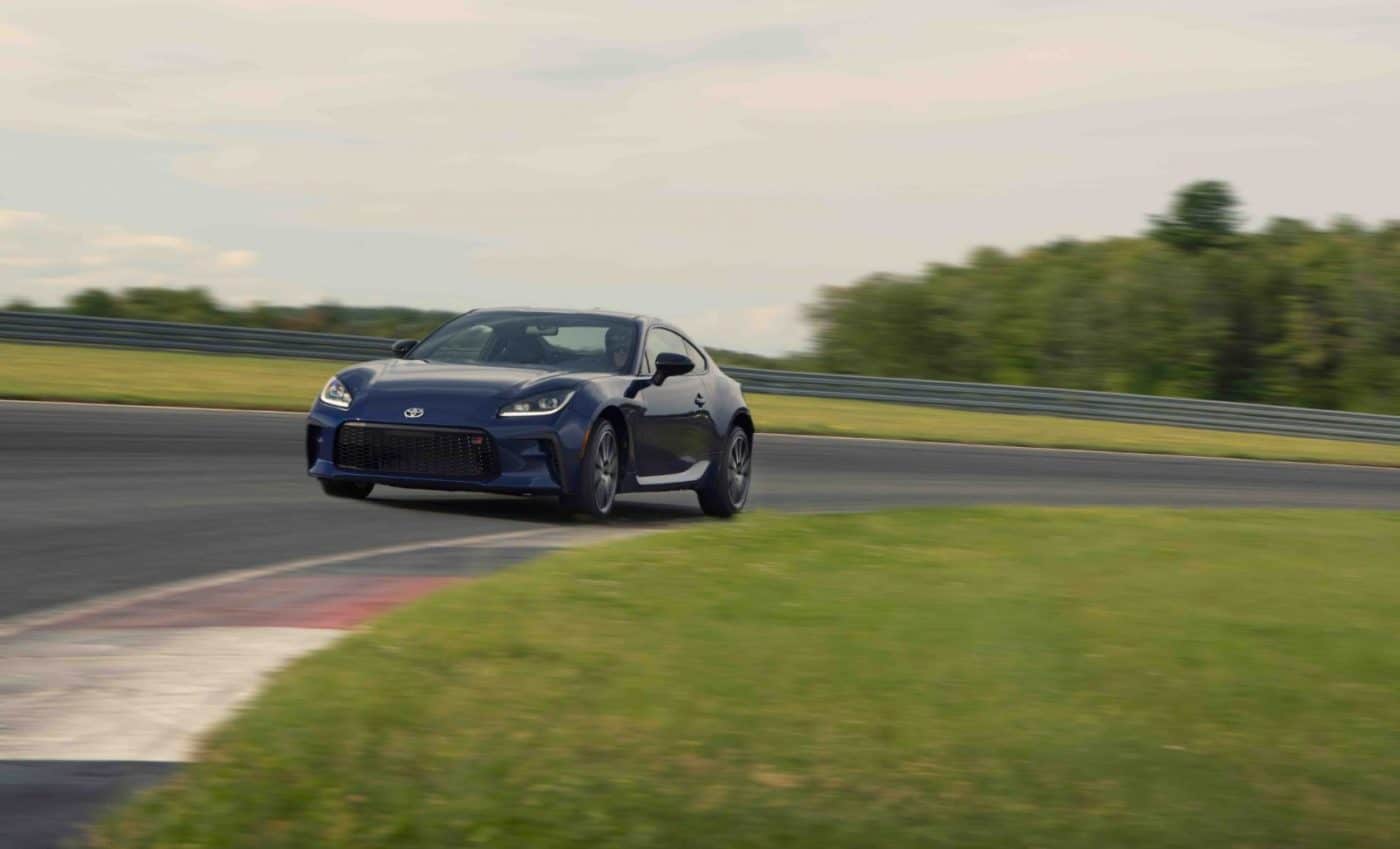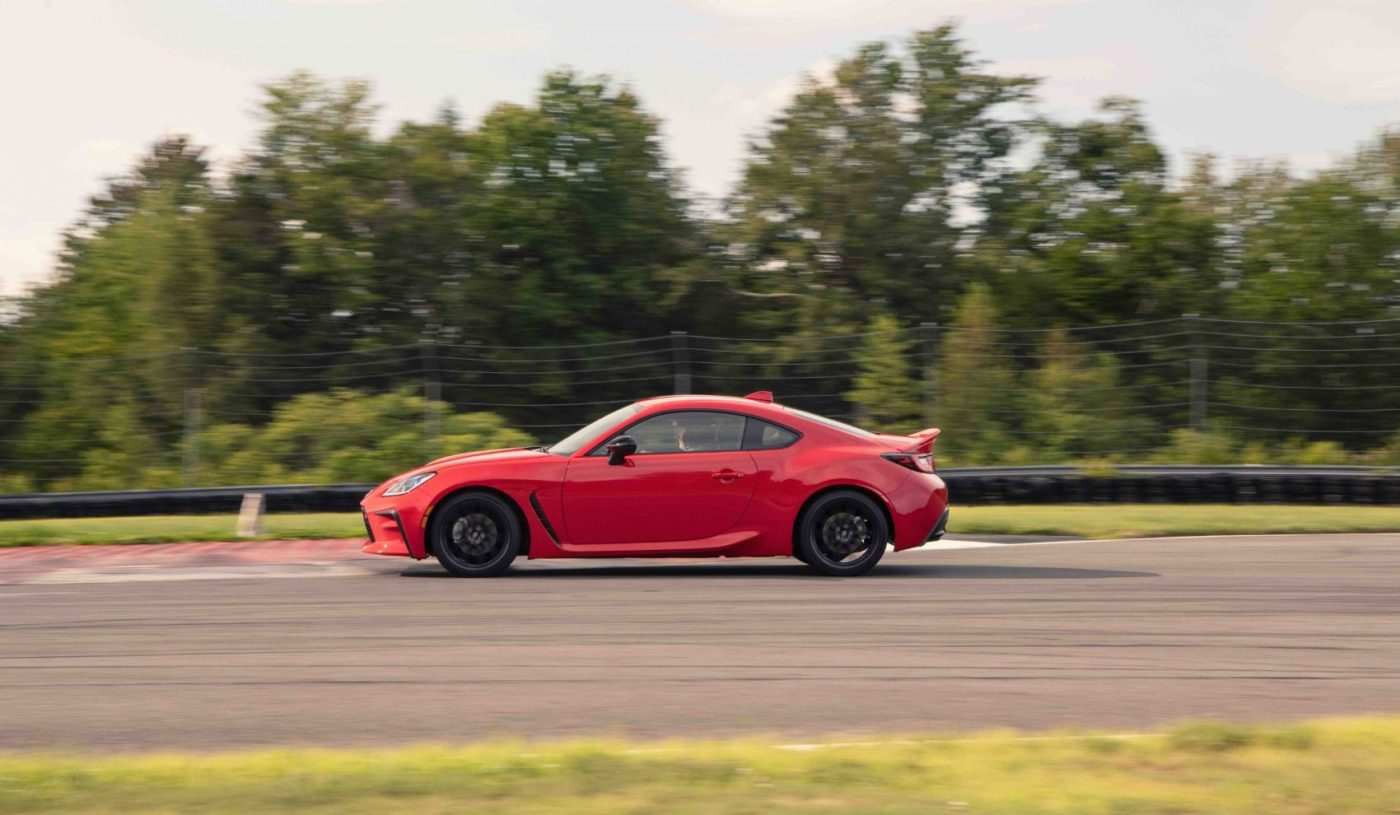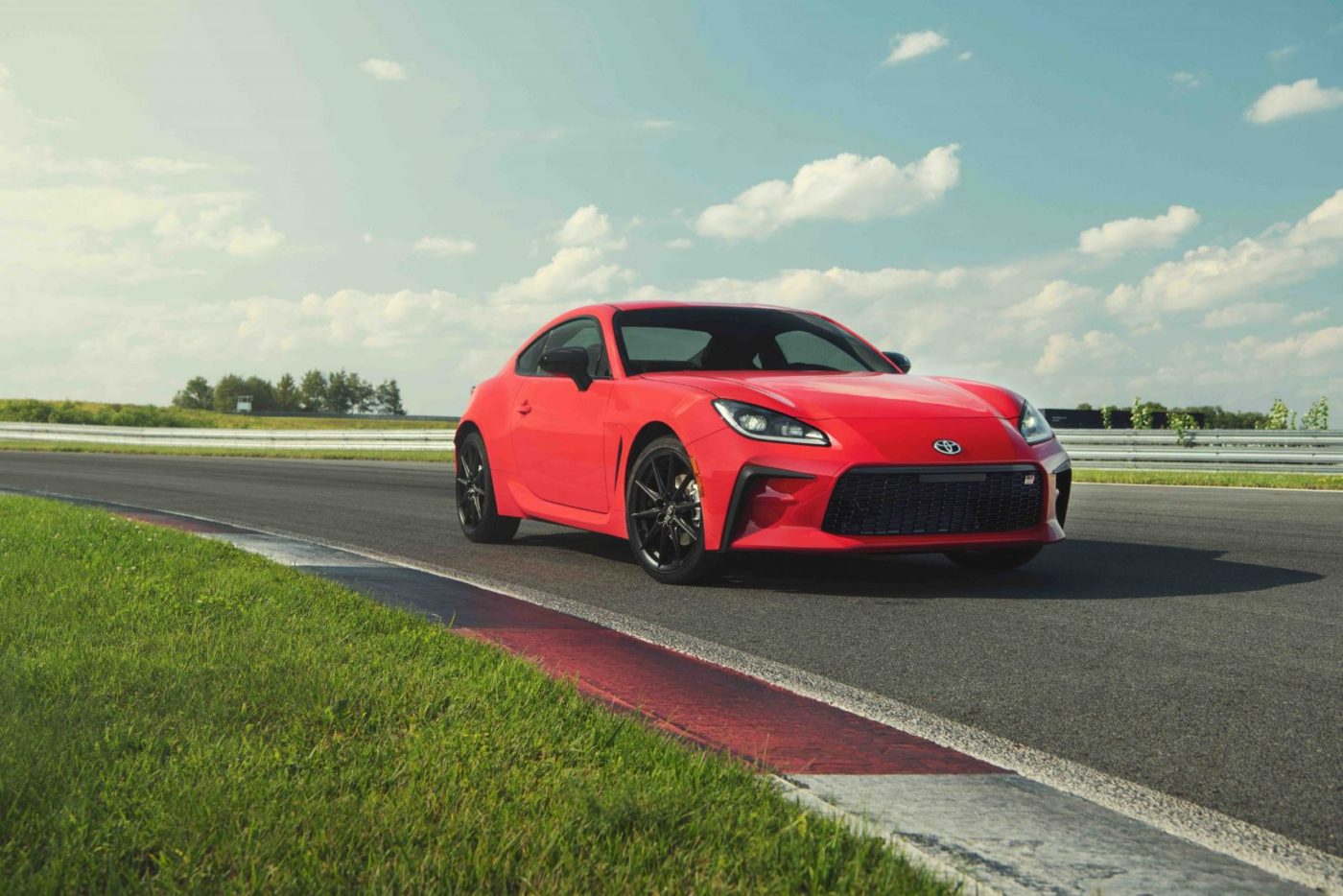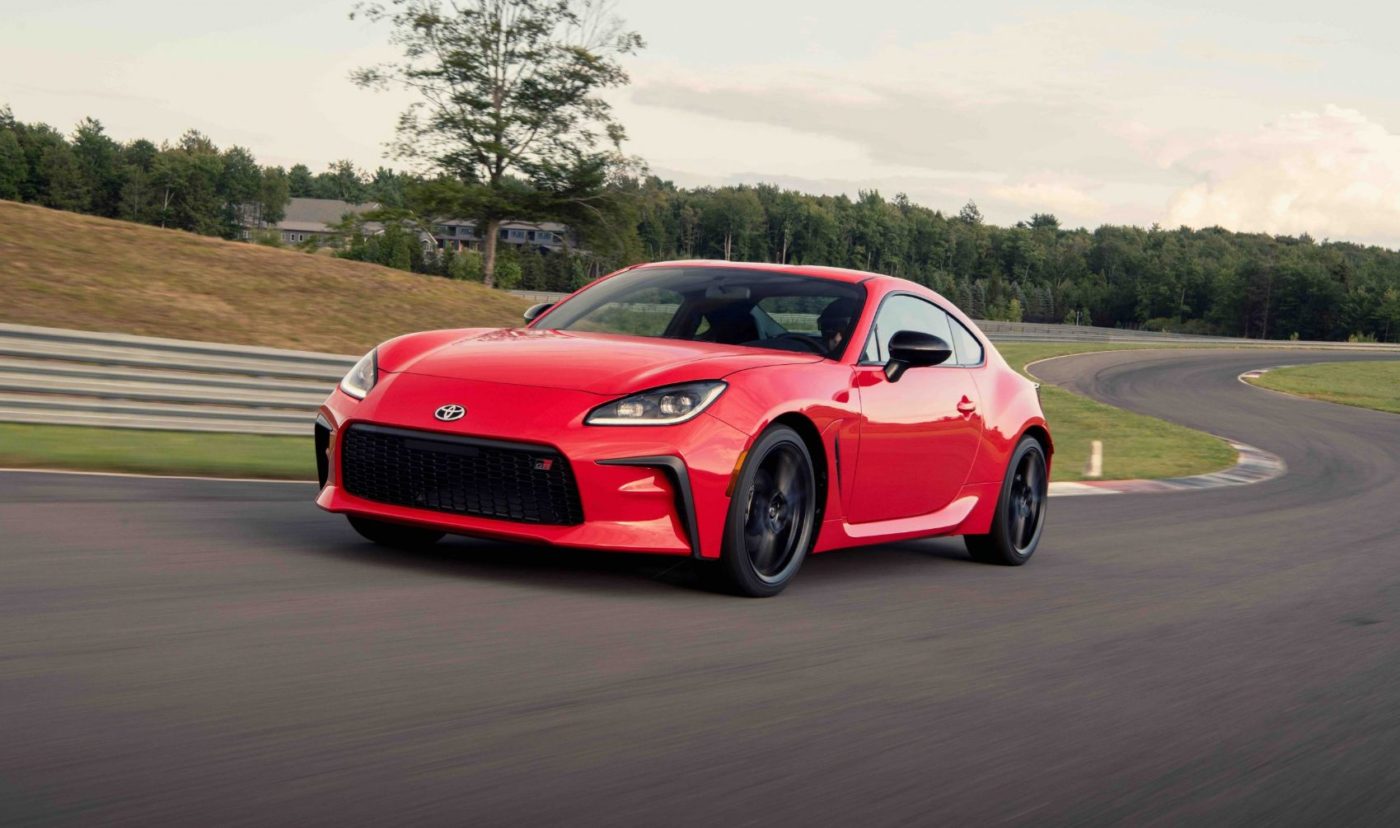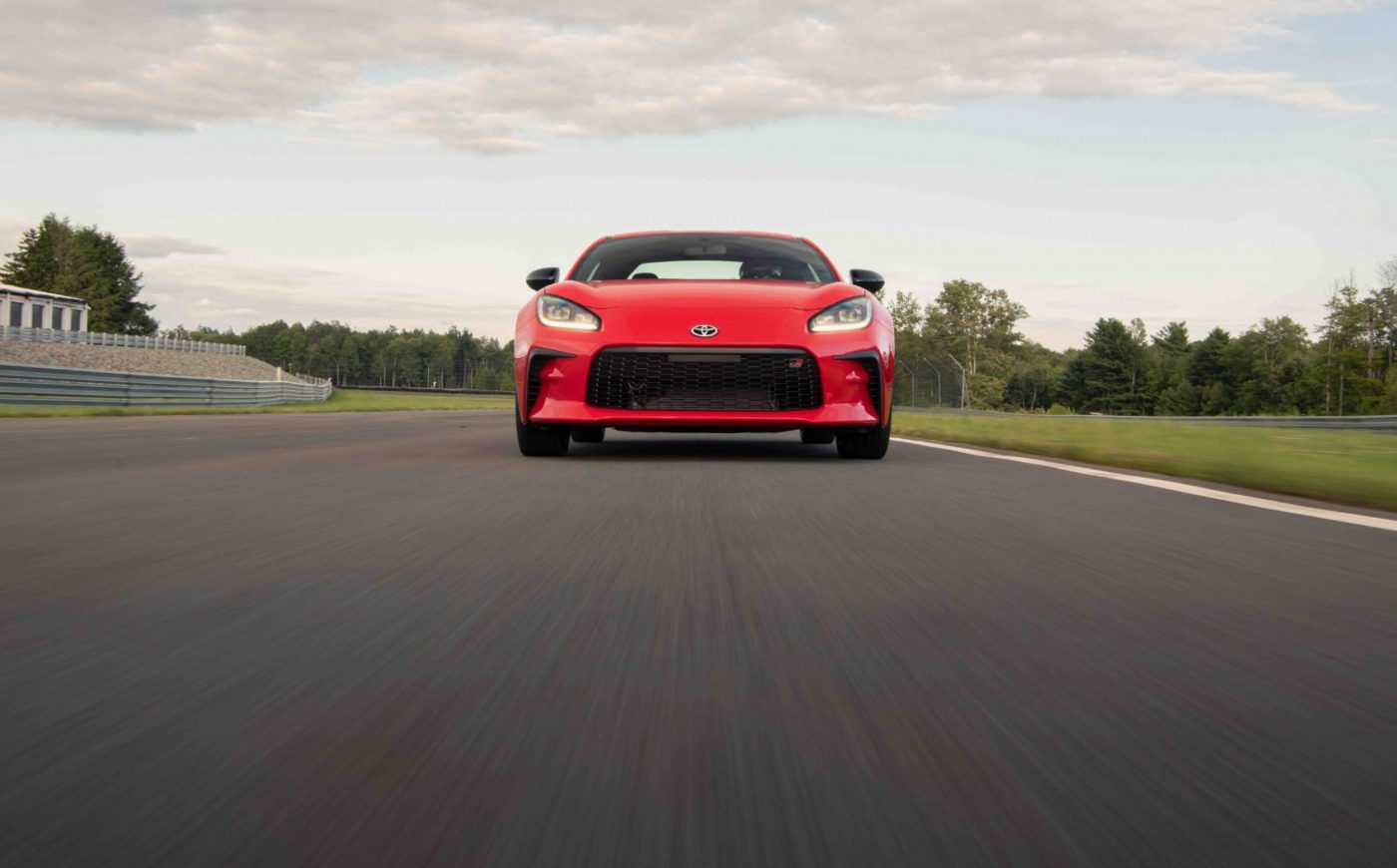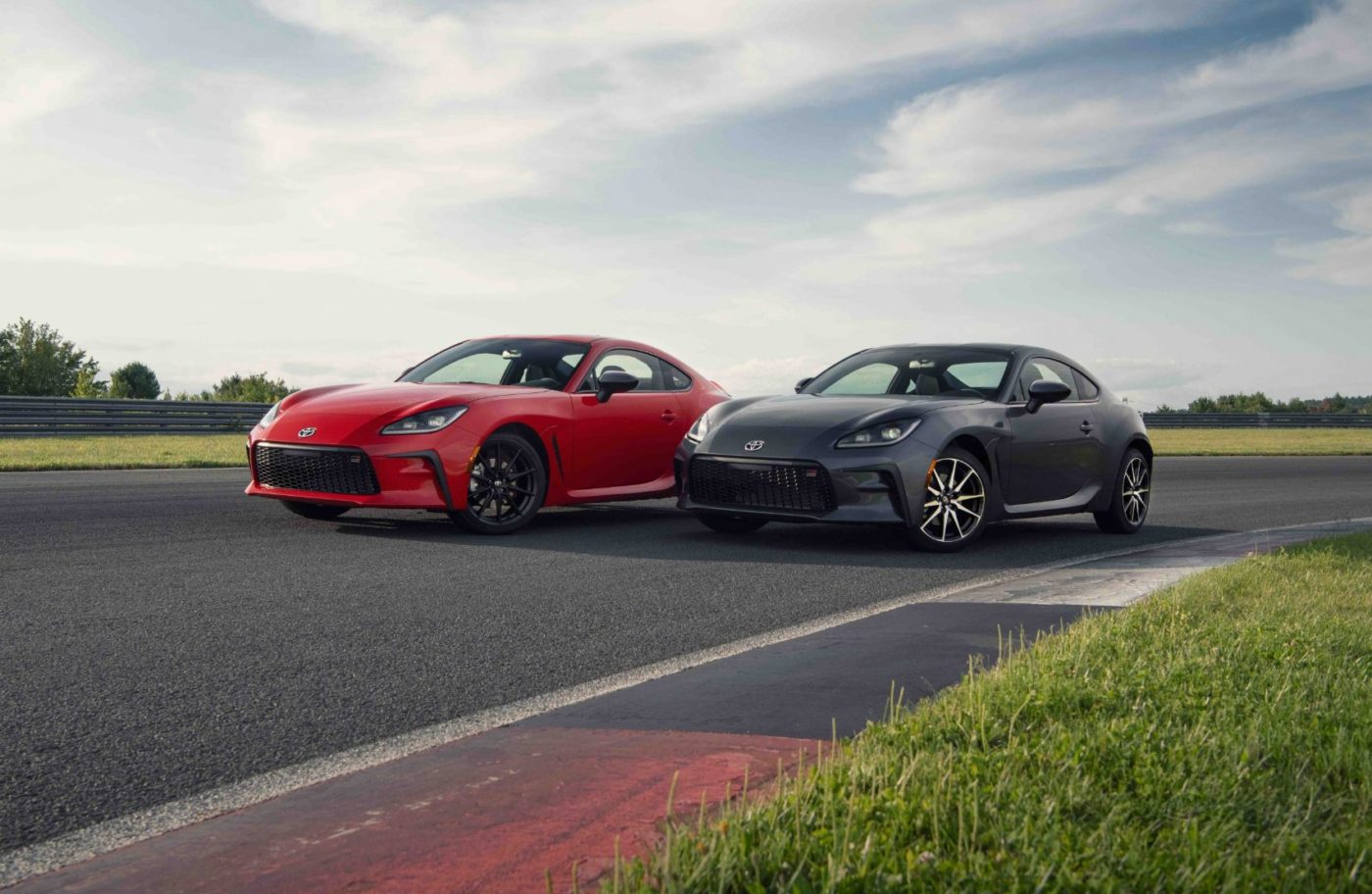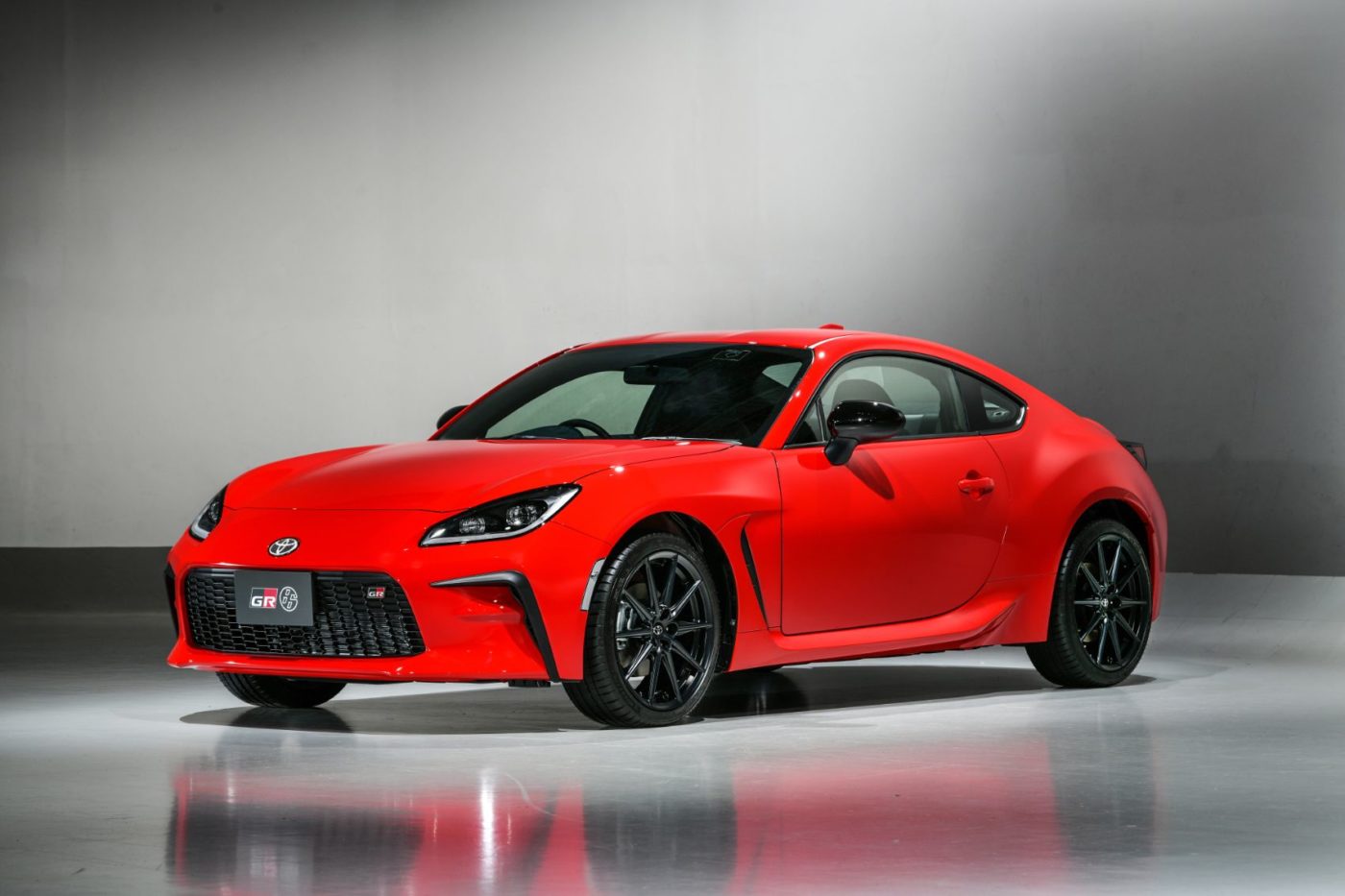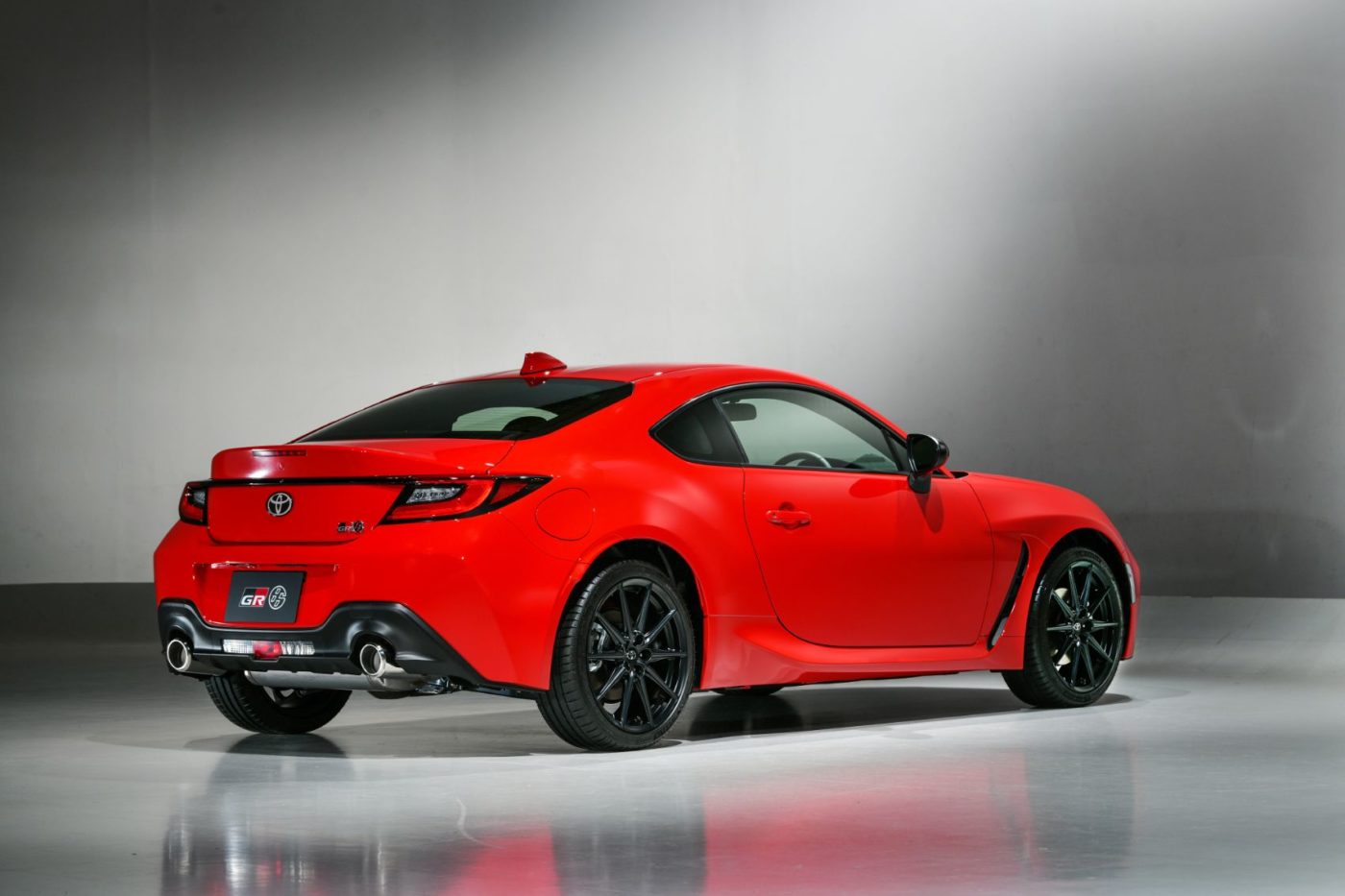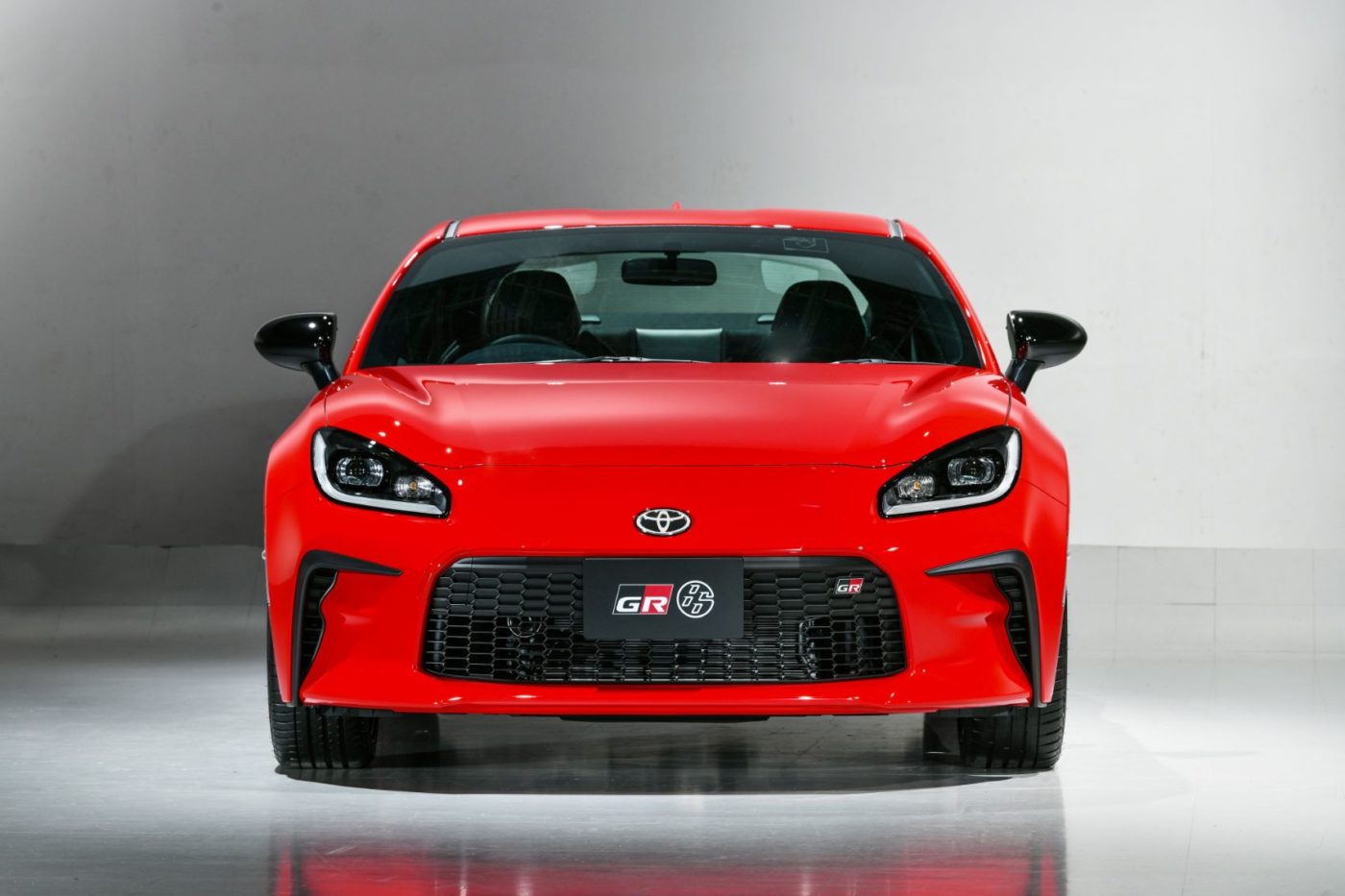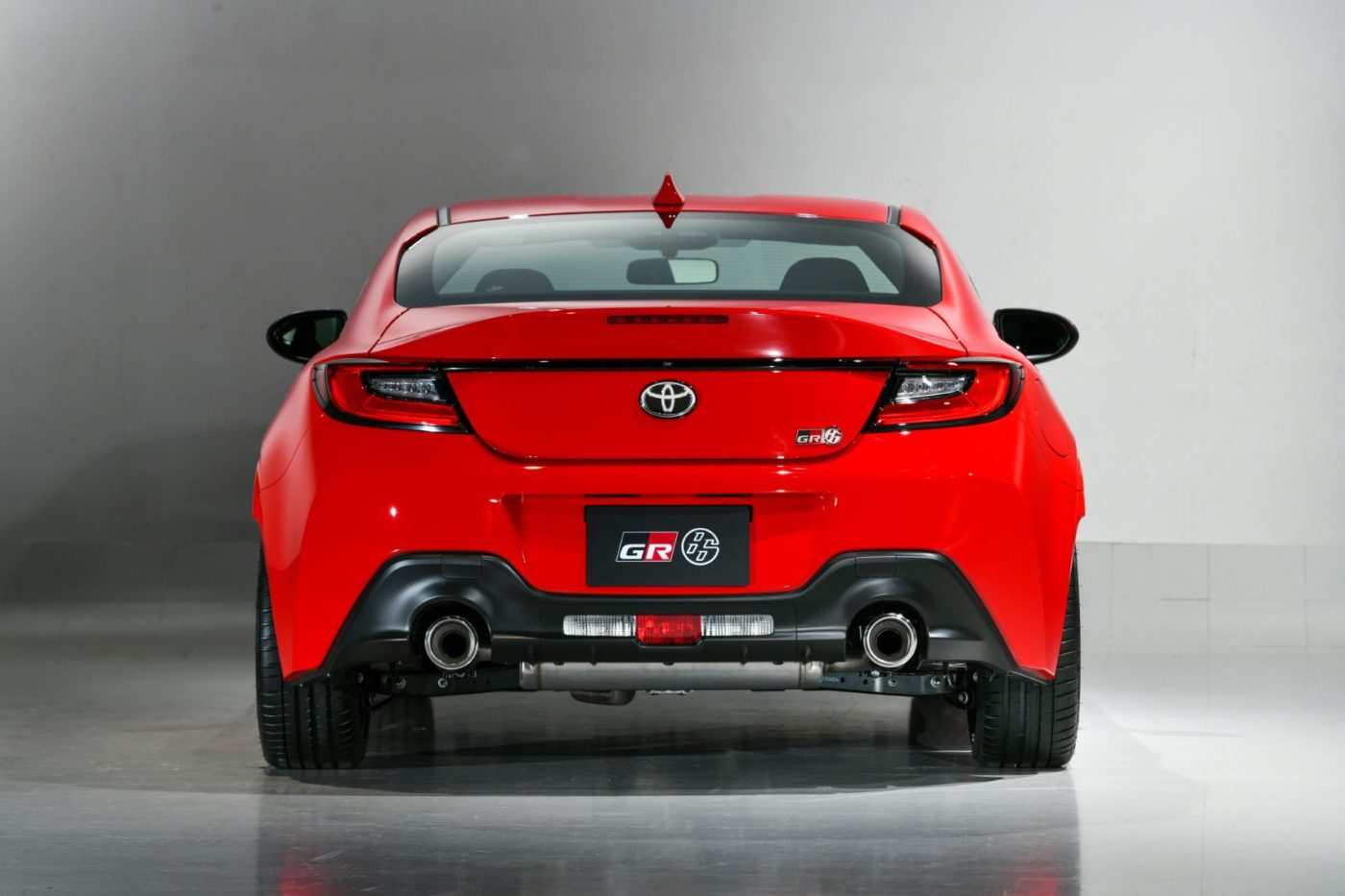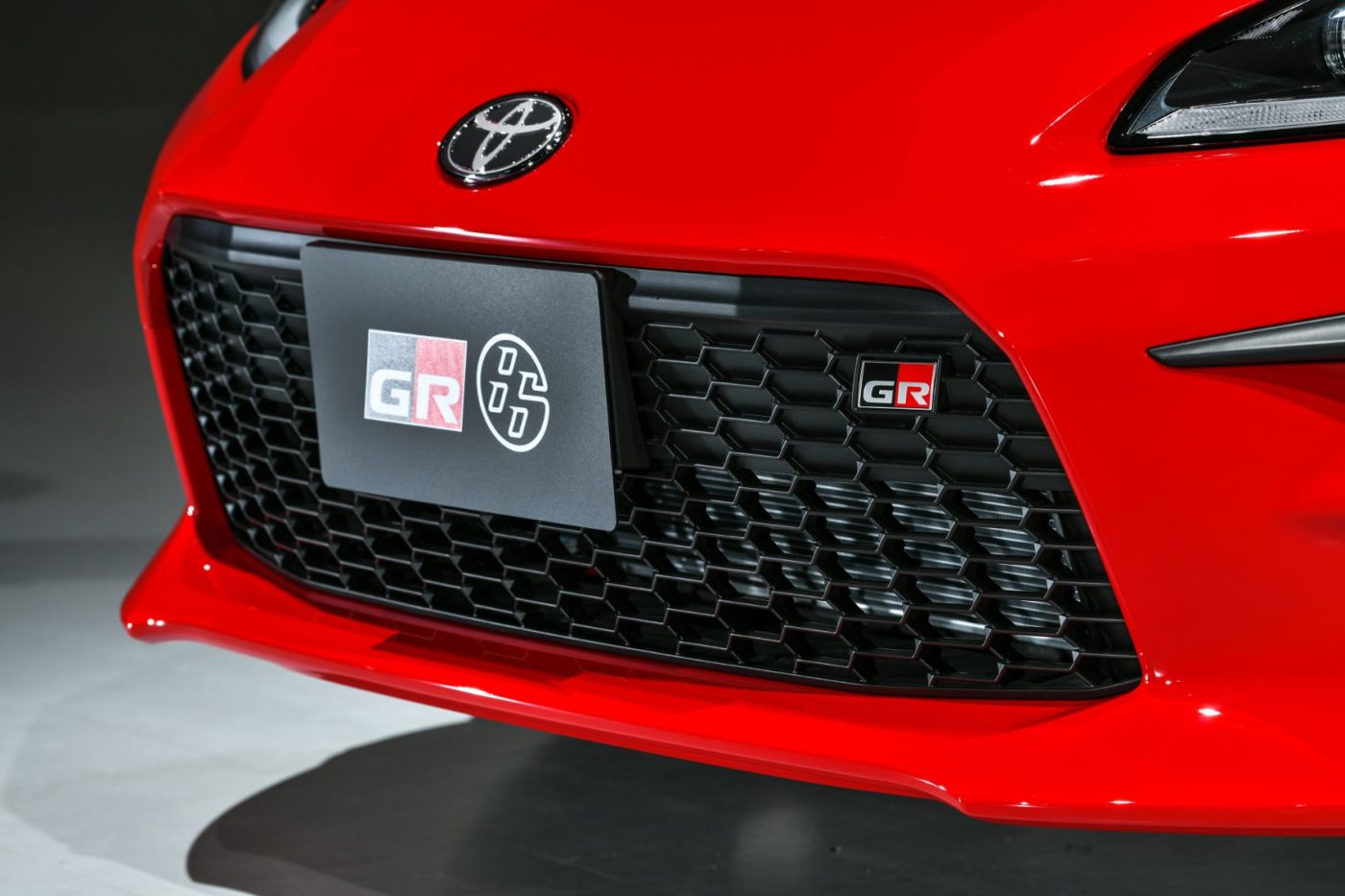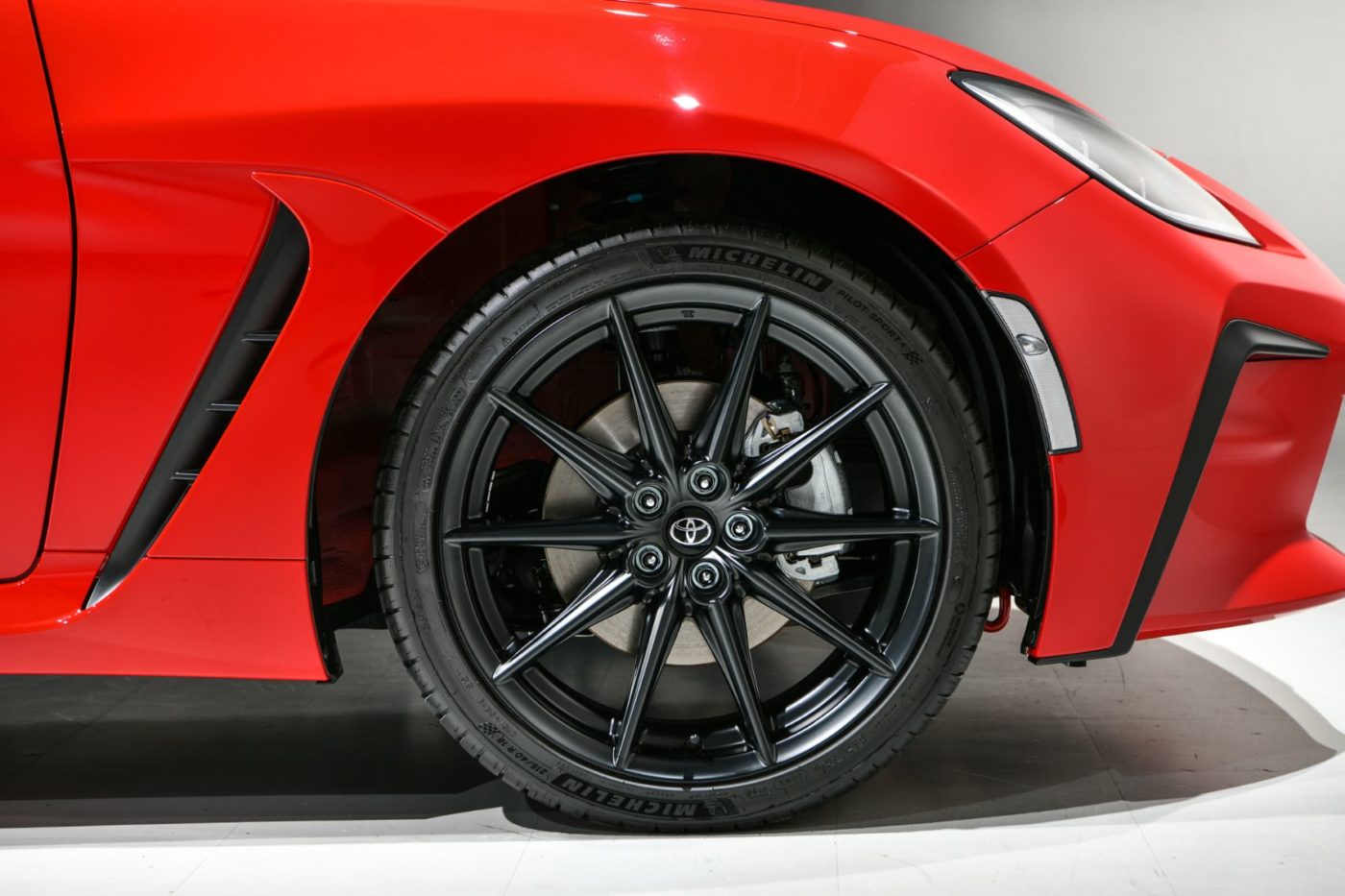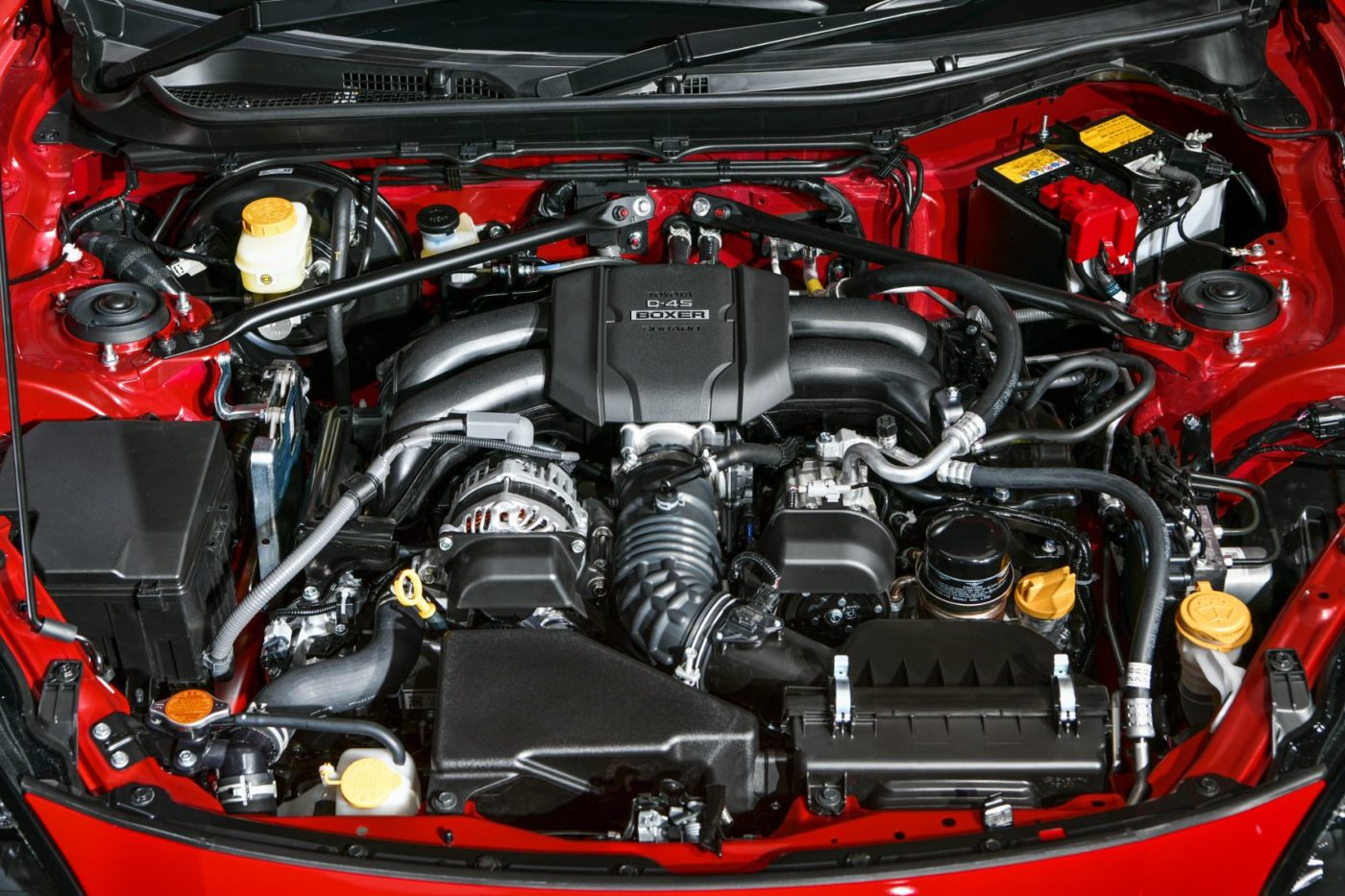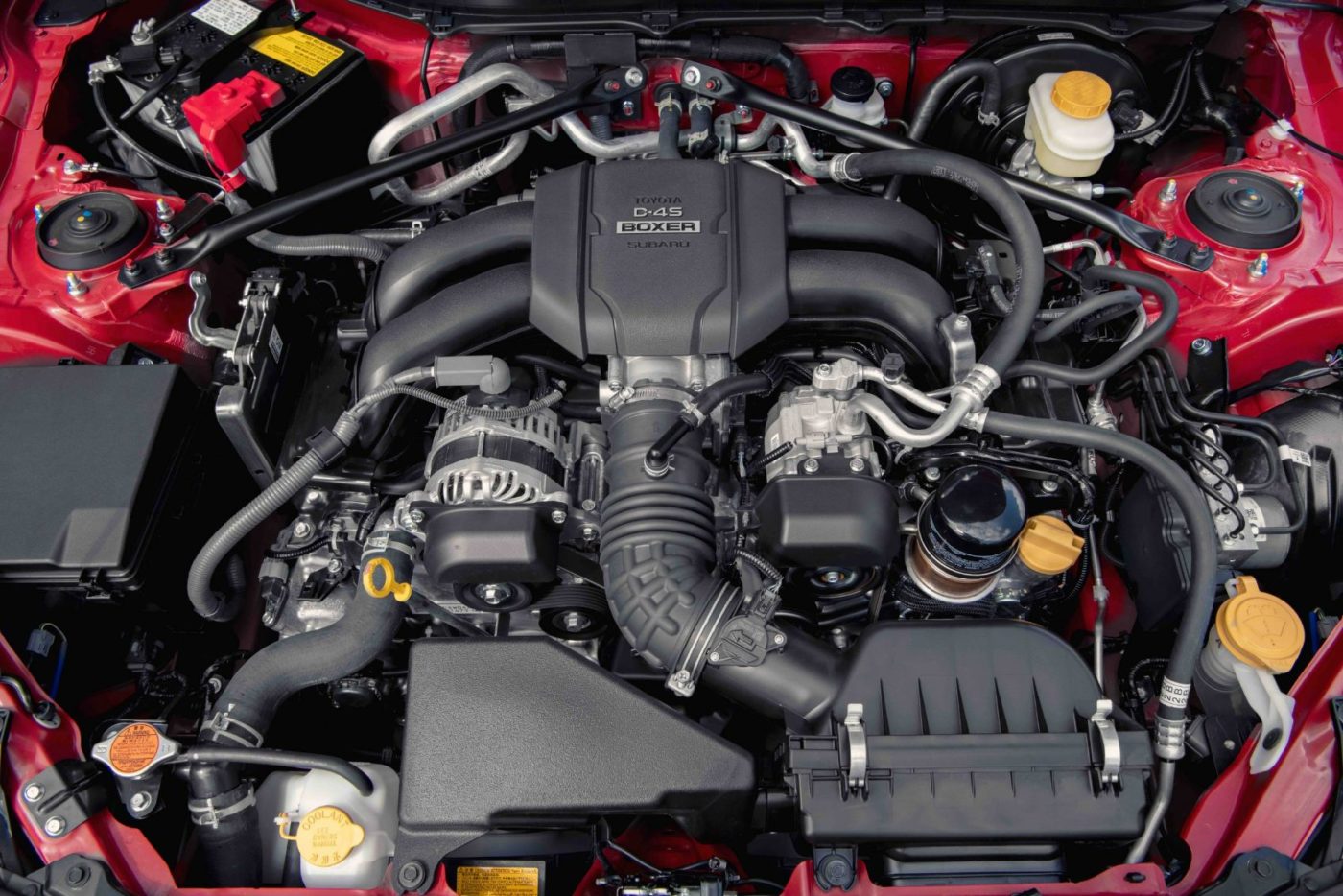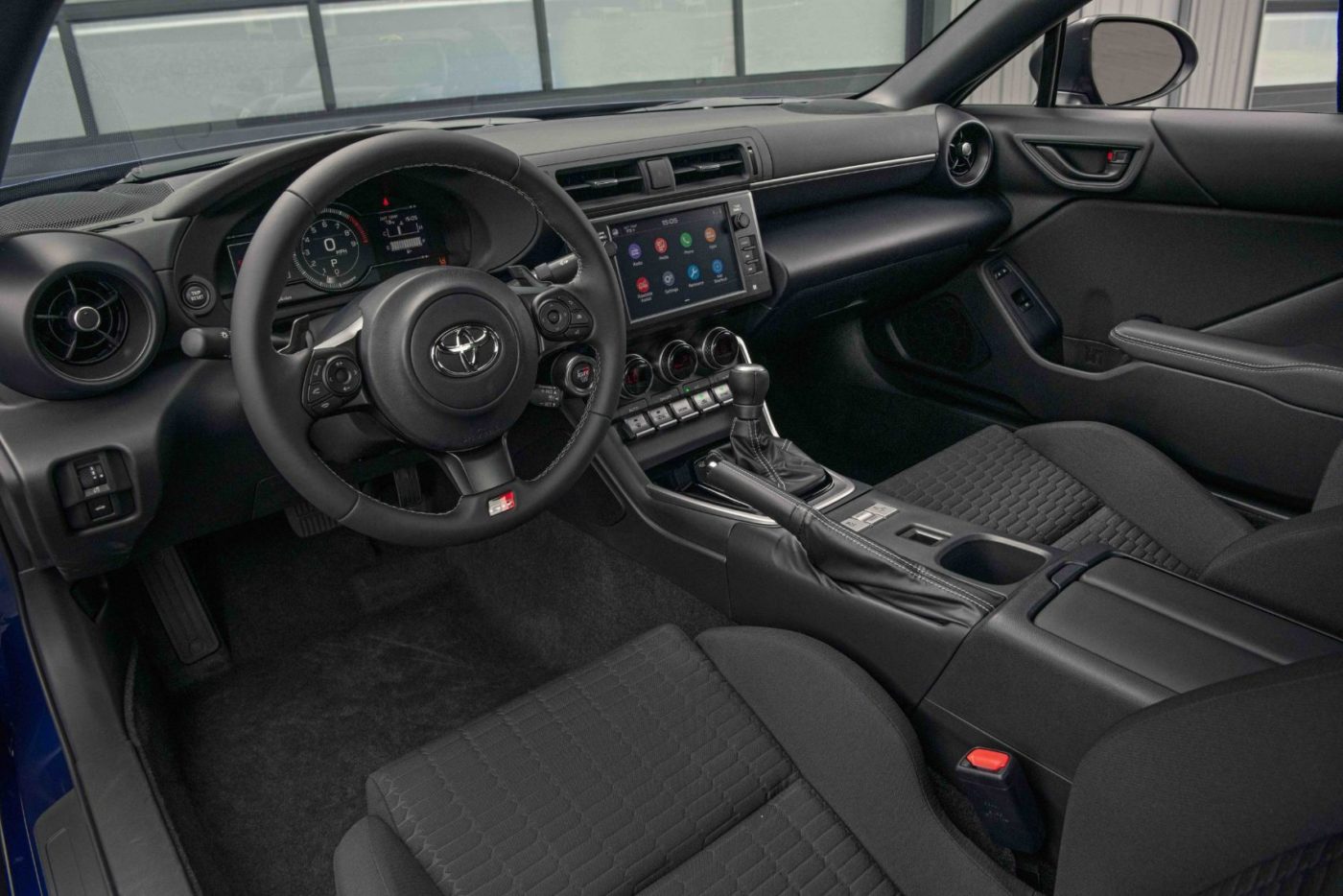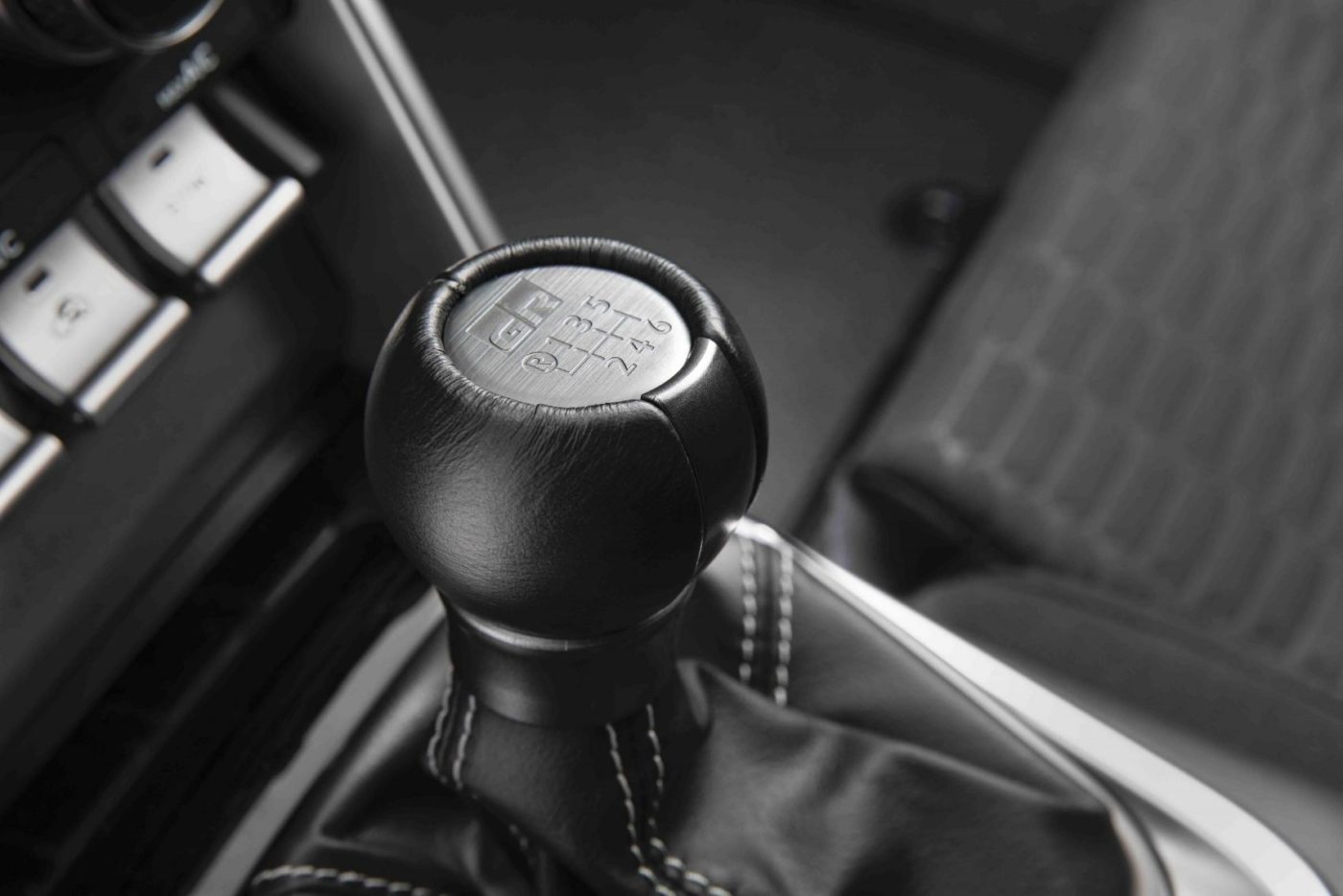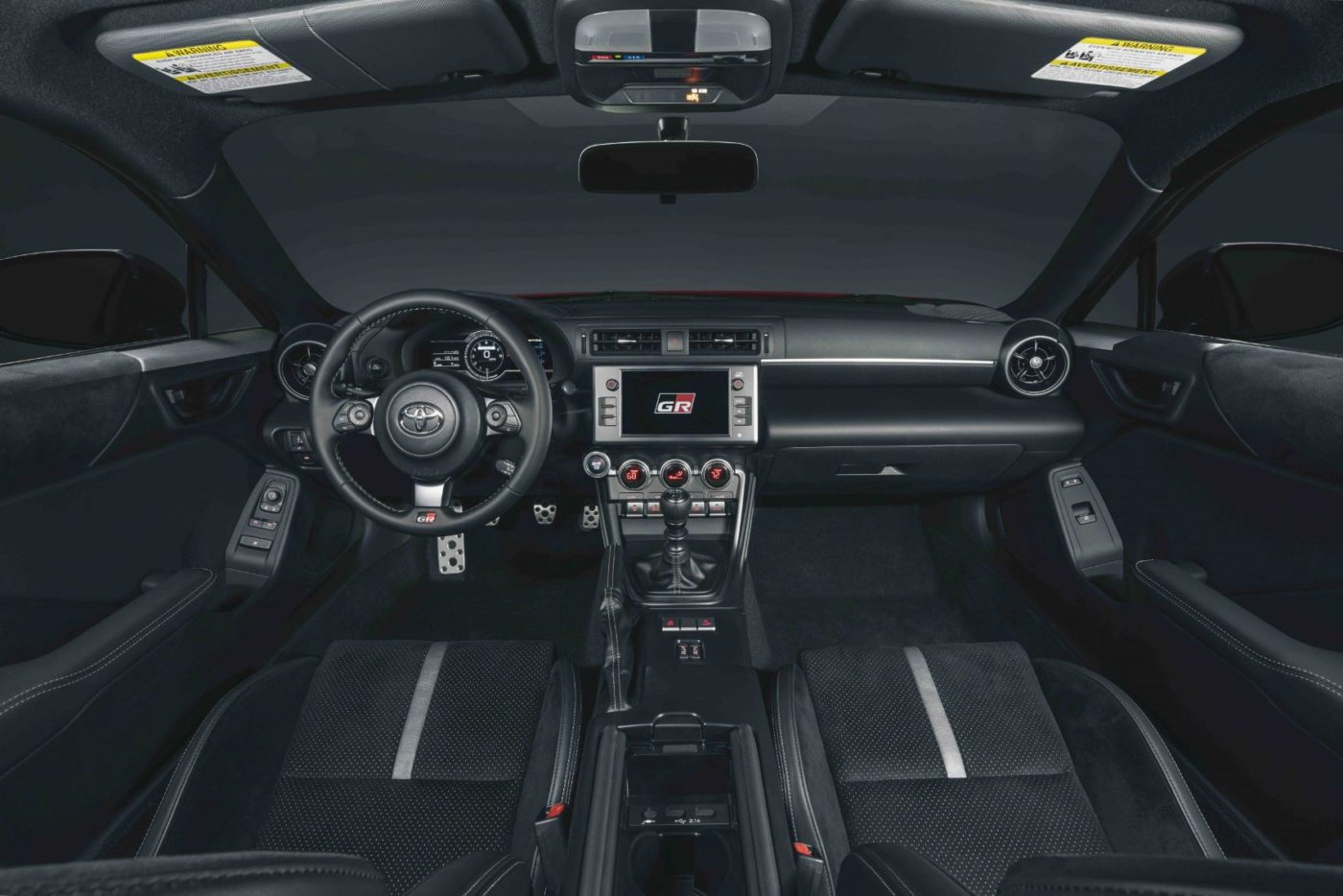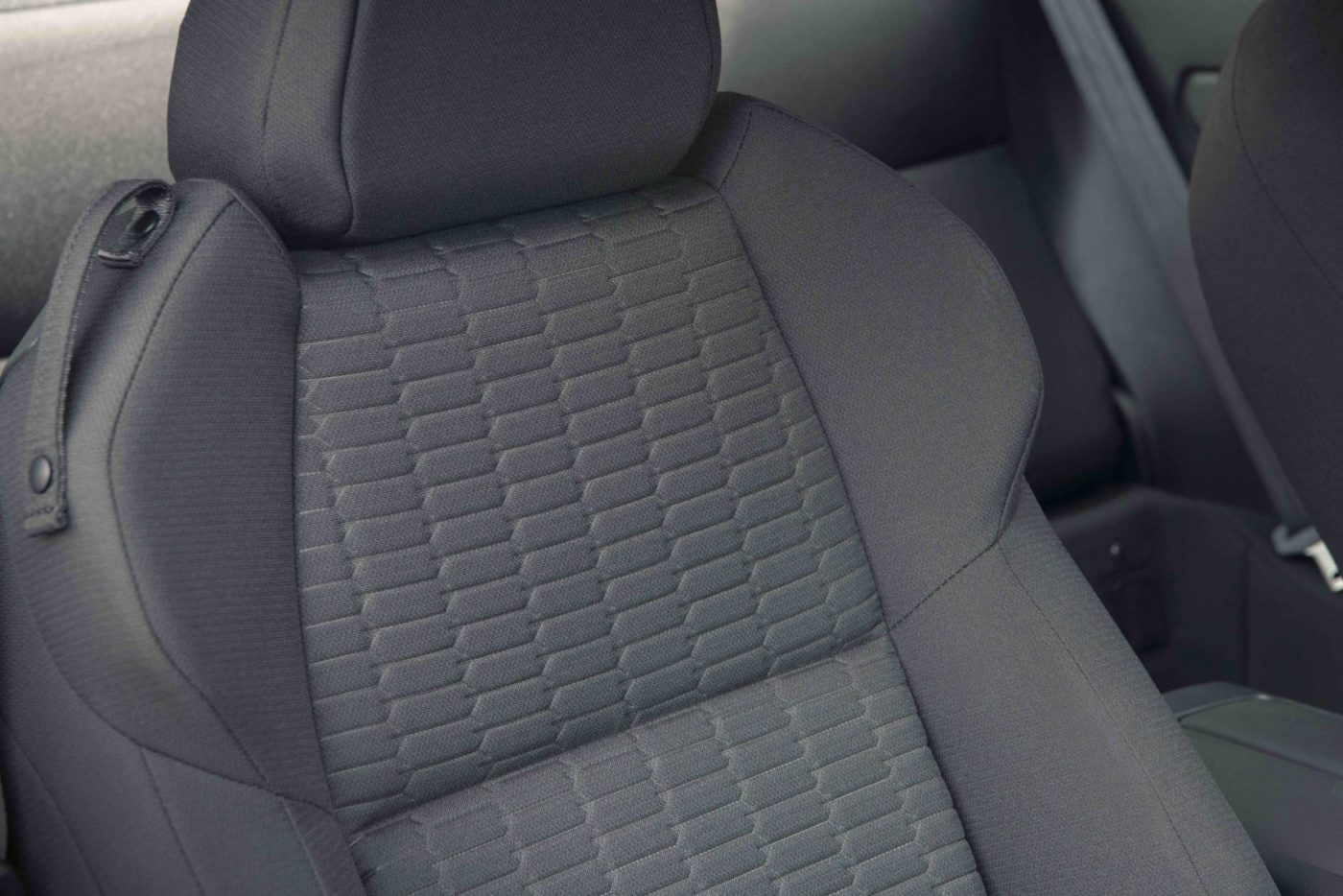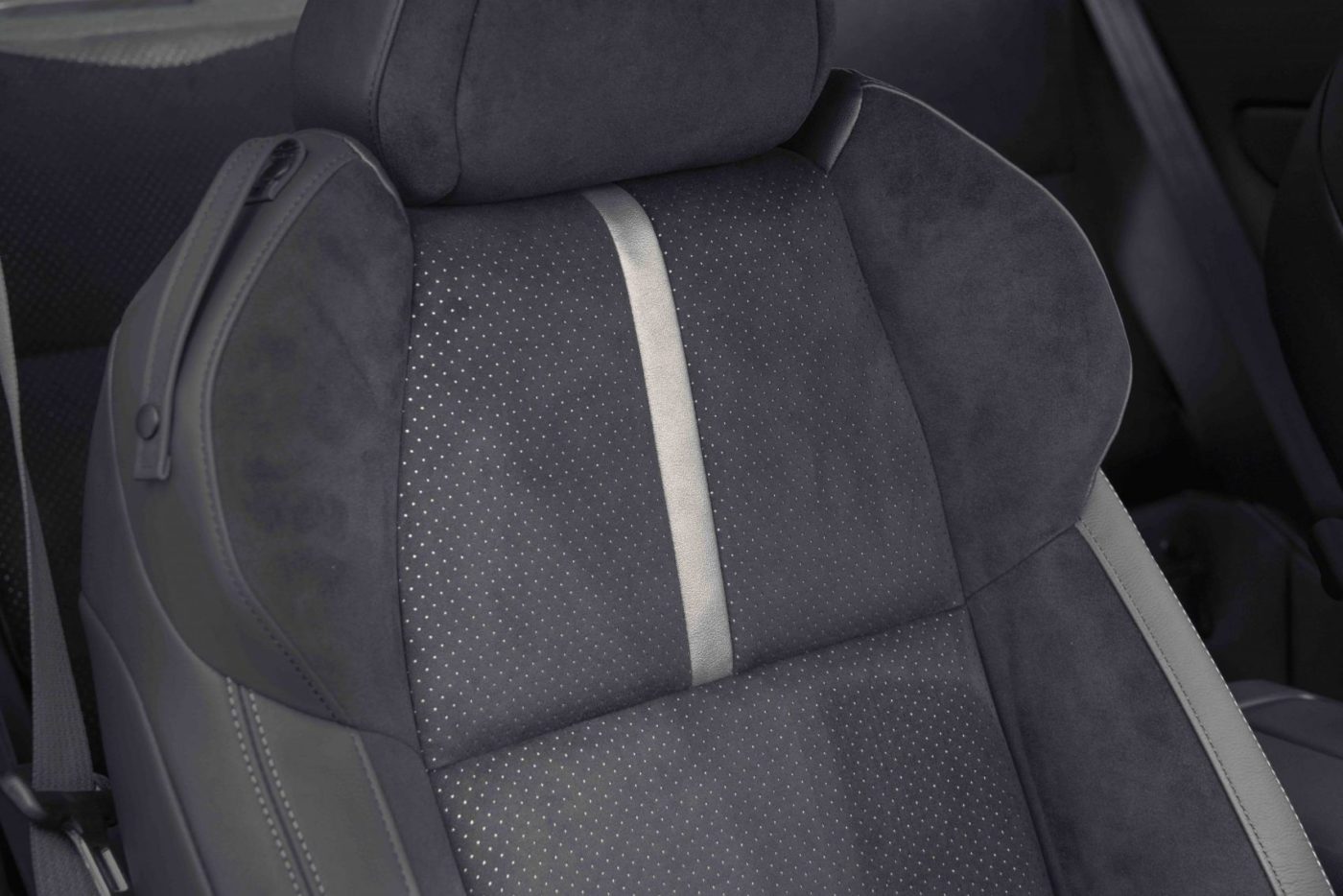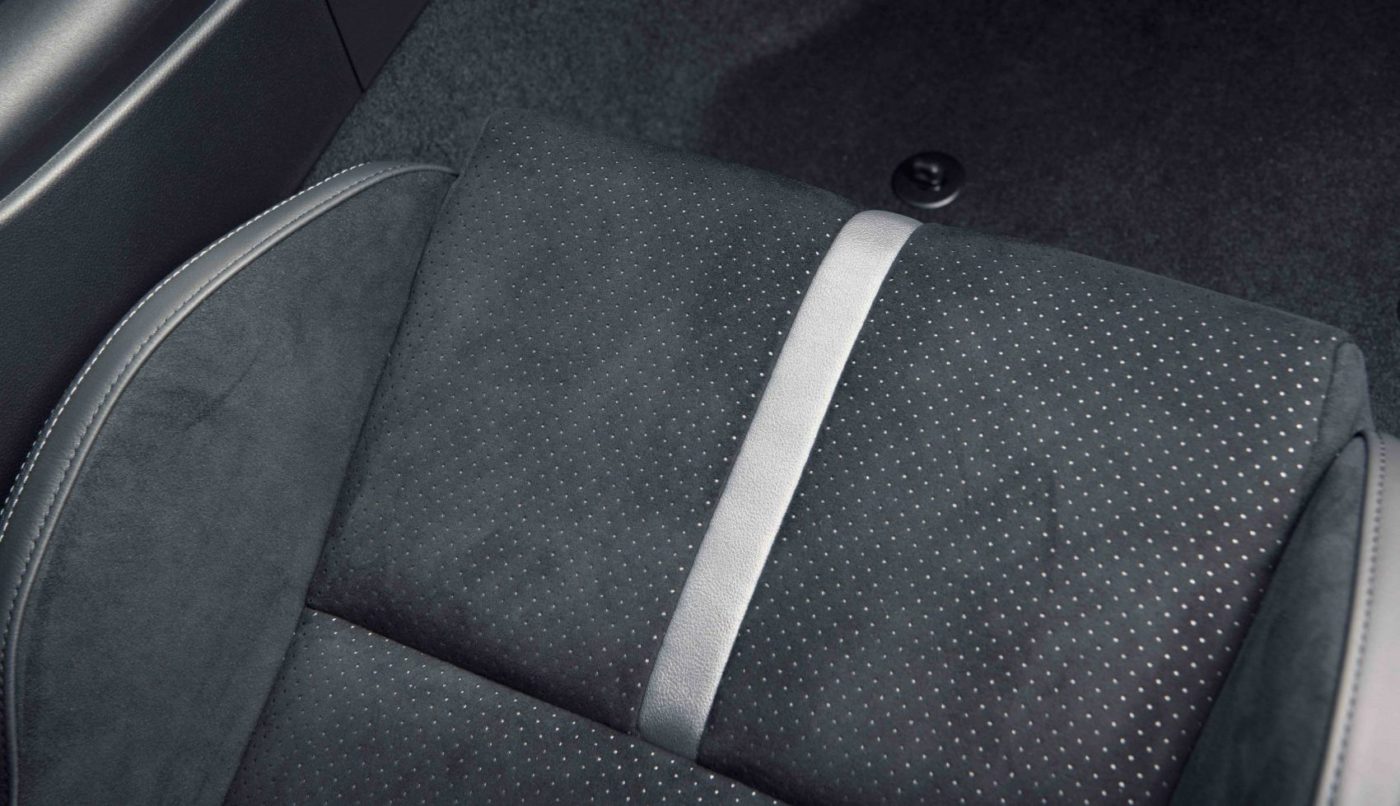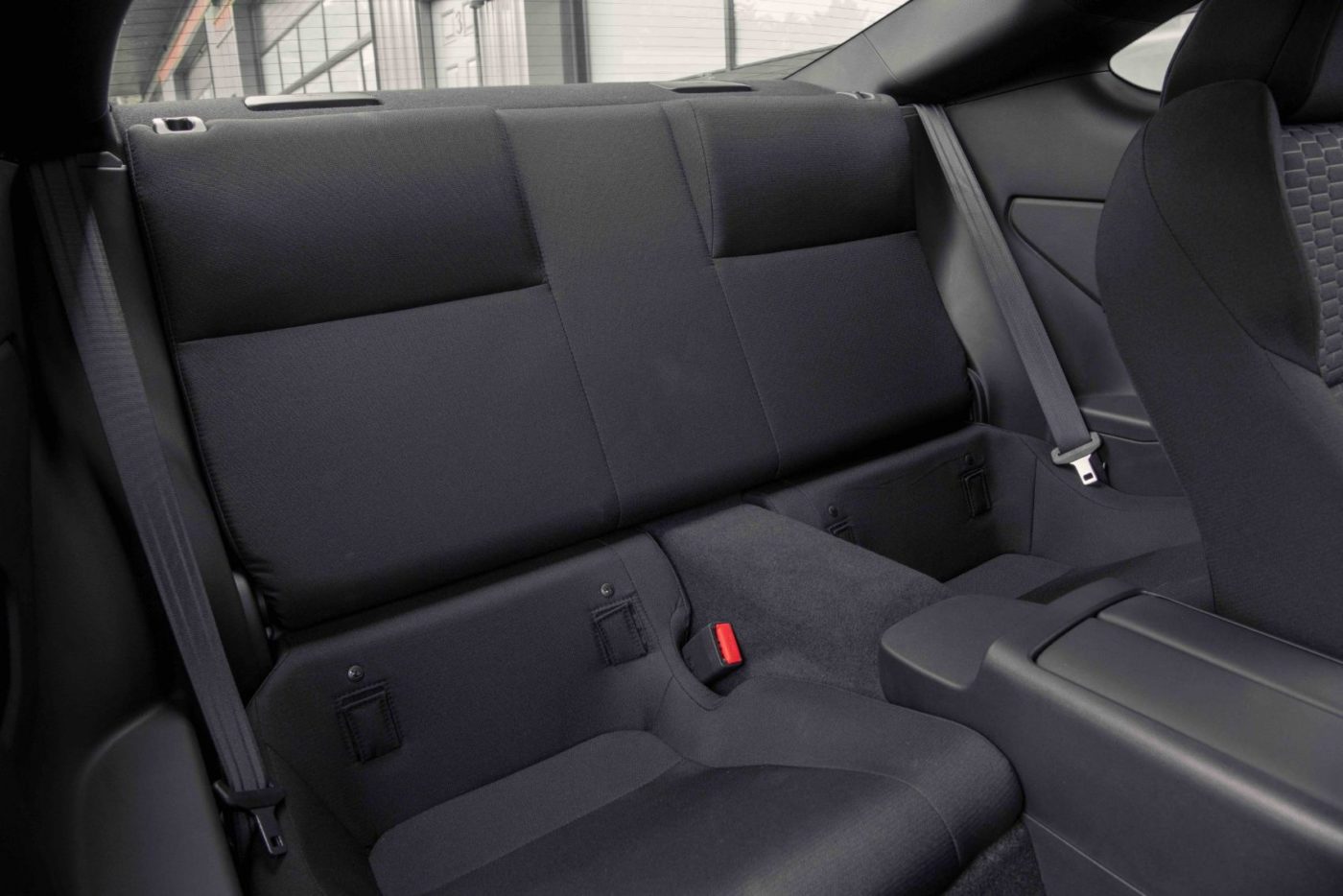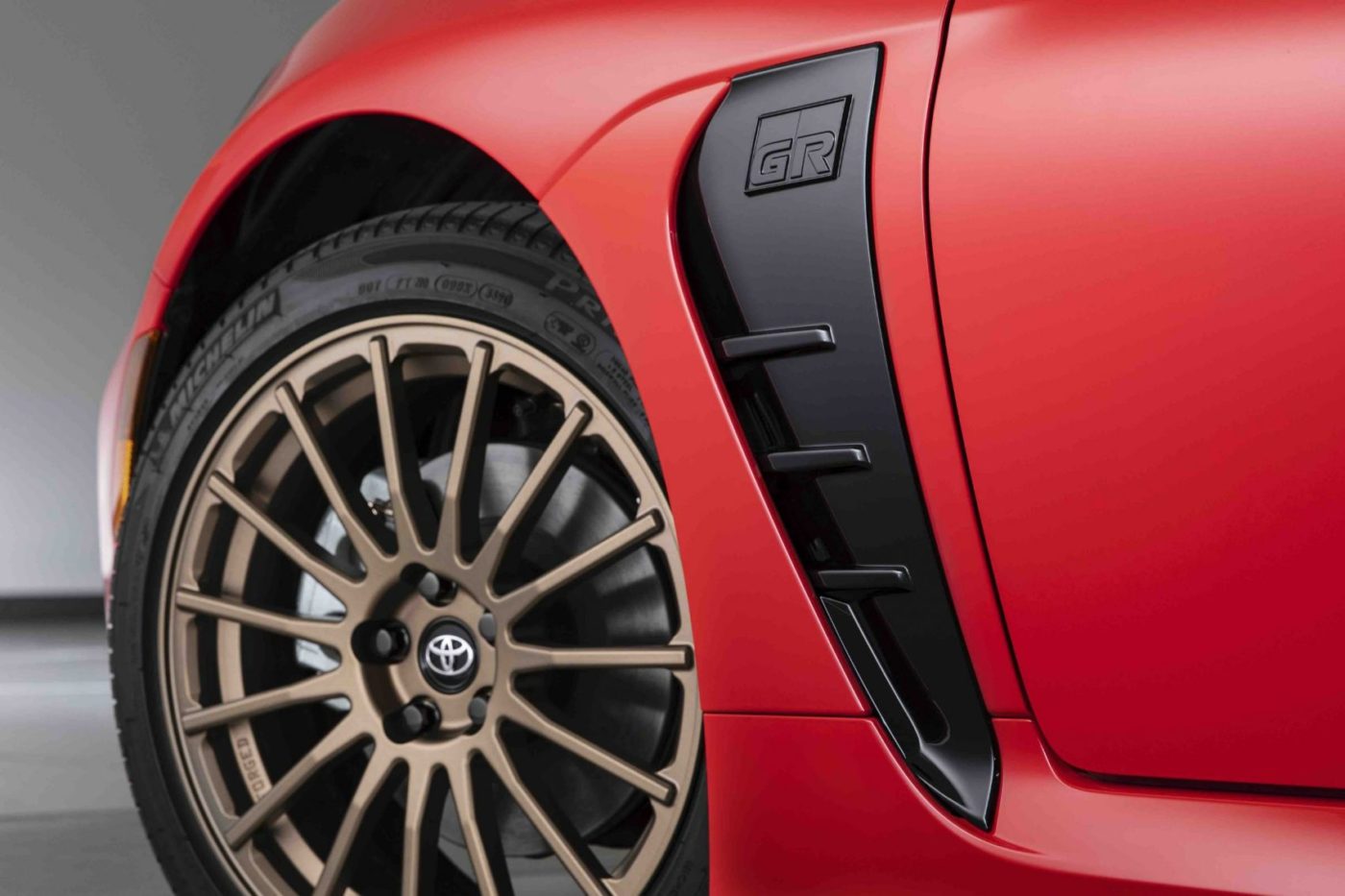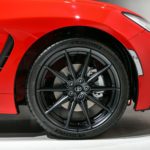From now on, the Toyota 86 sports car will be called the GR86. And as such, the 2022 Toyota GR86 is the third vehicle to earn the Gazoo Racing (GR) badge after the GR Supra and GR Yaris hot hatchback, the latter of which we won’t be getting in America.
While we still can’t get over why Toyota insists on not bringing the GR Yaris to U.S. shores, we were left scratching our heads when Toyota insisted on delaying the 2022 GR 86’s debut a full five months after Subaru unveiled the next-gen BRZ. Remember, the Toyota GR86 and Subaru BRZ are the same cars underneath, but it seems Toyota took its sweet time with the GR86.
2022 Toyota GR86: Engine & Powertrain
If you’re familiar with the new Subaru BRZ, it’s not hard to discern what’s new about the 2022 Toyota GR86. It now has a larger naturally aspirated 2.4-liter flat-four Boxer engine derived from the Subaru Ascent crossover, producing a healthy 228 horsepower and 184 lb-ft. of torque. That’s 23 more horses and 28 additional lb-ft. of torque than the previous 2.0-liter flat-four.
The engine’s displacement jumps to 2,387 cc. from 1,998 cc, while peak torque arrives at 3,700 rpm, so you get plenty of mid-range shove.
As usual, all that power goes to the rear wheels via a standard six-speed manual gearbox. If you hate the thought of manually choosing gears and dealing with a trio of foot pedals, there’s an optional six-speed automatic to satisfy your whim. A standard Torsen limited-slip rear differential improves traction while cornering.
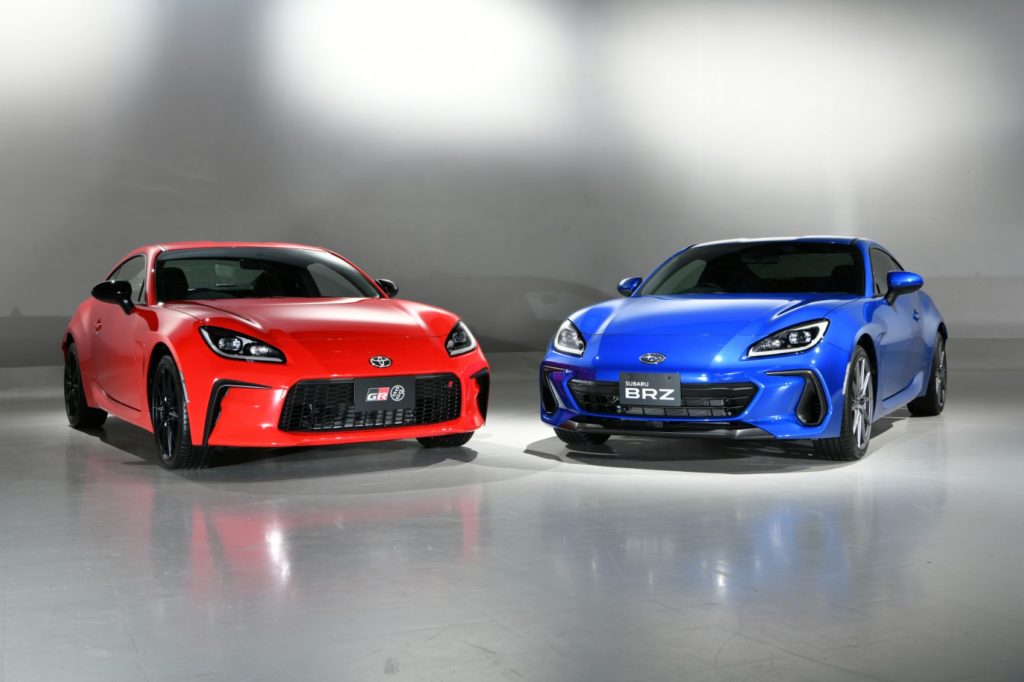
How Fast Is The 2022 Toyota GR86?
Like the previous-gen car, the Toyota GR86 is not about balls-out acceleration and top speed. But with its larger 2.4-liter Boxer engine, the 2022 GR86 is quicker on the straights. It now scoots from zero to 60 in 6.1 seconds (6.6 seconds with the automatic), almost a full second faster than the outgoing model.
According to Toyota, the D-4S dual injection system is re-tuned for more aggressive throttle input (Toyota’s system combines direct fuel injection and port injection). The direct-injection system provides a cooling effect in the cylinders, which allows for a higher 12.5:1 compression ratio for maximum power. As described by Toyota, the port fuel injectors come into play during light- and medium-load conditions to help maximize combustion efficiency.
We praise Toyota (and Subaru) for shoehorning a larger Boxer engine in its next-gen pocket rocket. Still, imagine what could have been if Toyota retained the turbocharger from the Ascent’s FA24 motor. If that was the case, you would have 260 horsepower and 277 lb-ft. of torque in a two-door sports car weighing no more than 2,811 lbs. (the automatic tips the scales at 2,851 lbs.).
Lighter & More Rigid Construction
Physically, the new Toyota GR86 retains the compact dimensions of the previous 86. Toyota opted for a combo of high-strength steel, hot-stamped steel, and aluminum for the frame, with an aluminum roof and fenders to reduce weight. For additional reinforcement, structural adhesives and high-strength fasteners are found throughout the underbody of the GR86. Toyota added front cross-members to the joints between the front suspension and frame too.
Torsional rigidity is up by 50 percent over the old car to offer better handling and stability. And like the 2022 Subaru BRZ, the GR86 has MacPherson front struts and a rear double-wishbone suspension. In terms of the architecture and chassis, Toyota landed a near-perfect weight balance (53 front / 47 rear) for the 2022 GR86.
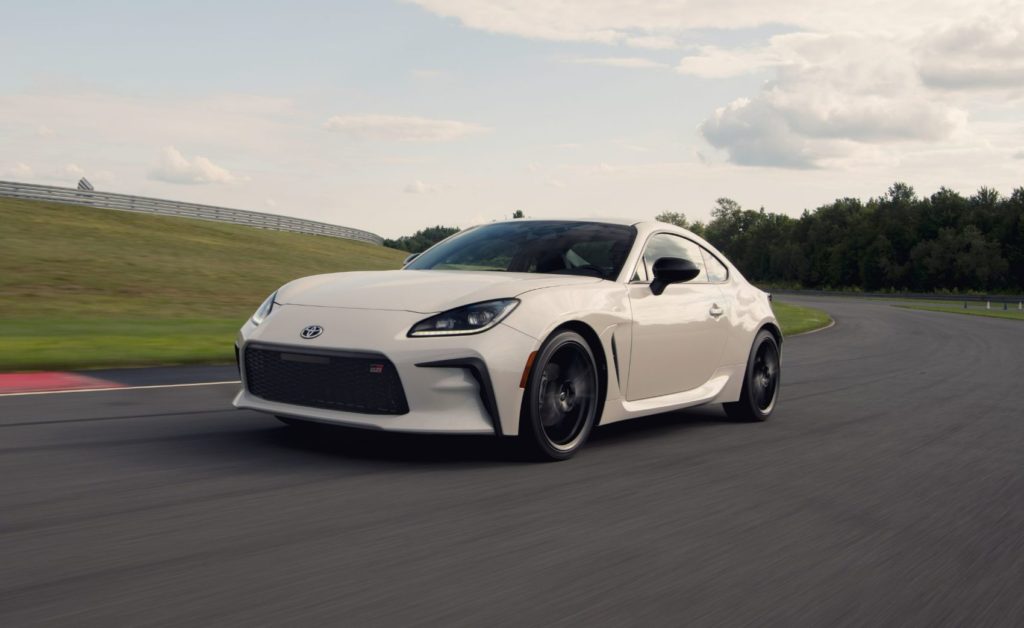
2022 Toyota GR86 Fuel Economy
With a six-speed manual, the new GR86 returns an EPA estimated 20 in the city, 27 on the highway, and a combined of 22. Automatic models improve to 21 in the city and 31 on the highway, with a combined of 25.
2022 Toyota GR86 Safety Features
Automatic transmission models are standard with Pre-Collision Braking, Adaptive Cruise Control, Pre-Collision Throttle Management, Lane Departure Warning, Sway Warning, Lead Vehicle Start Alert, and High Beam Assist. An anti-theft system with an engine immobilizer and alarm are also standard.
Fresh Styling & New Technology
The updated Toyota GR86 bears similar design cues to the outgoing model, particularly in the rear quarter panels. It has newly designed front fenders that extend horizontally to the beltline of the vehicle. The black side mirrors are slightly larger than the previous generation, with a curved shape to maximize airflow. Also new is a GR-specific Matrix front grille, a striking set of headlights and taillights, and a lightweight aluminum muffler with dual exhaust tips.
Inside, the newest GR86 has a similar cabin design to the Subaru BRZ. It has a seven-inch digital instrument cluster and an eight-inch infotainment screen with Apple CarPlay, Android Auto, and Bluetooth connectivity. The leather-wrapped steering wheel has integrated controls for the audio system, hands-free calling, voice-recognition system, display meters, and cruise control.
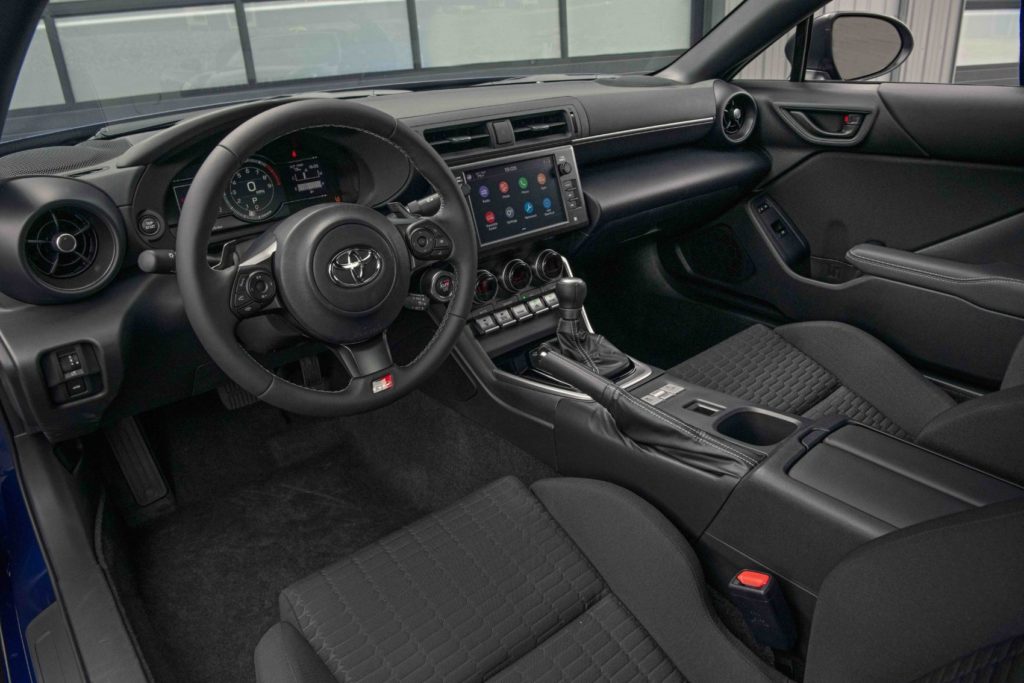
Toyota GR86 Warranty
All Toyota vehicles leave the factory with a three-year/36,000-mile bumper-to-bumper warranty and a five-year/60,000-mile powertrain warranty. Also included is ToyotaCare complimentary maintenance for two years or 25,000-miles.
It might be worth considering additional coverage if you do more driving than the average person. This comprehensive guide will help you make the right decision when it comes to extended warranties for a Toyota.
2022 Toyota GR86: Pricing & Availability
The 2022 Toyota GR86 will arrive in two trim models: Base and Premium. The Base starts at $27,700 (six-speed manual) or $29,200 (six-speed auto). The Base GR86 has 17-inch machine-finish alloy wheels wrapped in Michelin Primacy HP tires.
Meanwhile, the GR86 Premium starts at $30,300 (manual) or $31,800 (automatic). The Premium trim has 18-inch black alloy wheels with Michelin Pilot Sport 4 tires.
In addition, every 2022 Toyota GR86 comes with a complimentary one-year membership to the National Auto Sport Association, including one free high-performance driving tutorial to make the most of your Toyota sports car.
Alvin Reyes is an Automoblog feature columnist and an expert in sports and performance cars. He studied civil aviation, aeronautics, and accountancy in his younger years and is still very much smitten to his former Lancer GSR and Galant SS. He also likes fried chicken, music, and herbal medicine.
Photos & Source: Toyota Motor Sales, U.S.A., Inc.

